In the current trend of home design, bathrooms are no longer simply functional spaces; they are important places that offer relaxation, restoration, and aesthetic experiences. According to a survey by the National Kitchen & Bath Association (NKBA), nearly 60% of homeowners choose to upgrade their mirrors and lighting systems when renovating their bathrooms. Among them, LED mirror have become one of the fastest-growing categories in the market due to their aesthetic and practical functions. Whether it's enhancing visual effects, optimising lighting experience, or adding a sense of technology to the overall space, LED mirrors play a crucial role in modern bathroom design.
So, among the dazzling choices, which styles of LED mirrors are most suitable for modern bathrooms? This article will analyse from the perspectives of popular trends, functional features, and design combinations.
1. Backlit LED Mirror: Creating a premium atmosphere
Backlit mirrors are one of the most popular styles in recent years. Its characteristic is that the LED light strip is hidden behind the mirror, forming a soft halo effect through reflection. This not only avoids the glare caused by direct light but also creates a hotel-style, high-end atmosphere for the space.
Advantage analysis:
Soft light, no glare, suitable for night use.
It can interact with the colour of the wall and enhance the sense of spatial hierarchy.
Especially friendly to small spaces, it can make the bathroom visually more spacious.
According to the Houzz & Home Report 2024, over 45% of bathroom renovation projects have adopted backlit designs for mirrors, a trend particularly evident in modern residences.
2. Front-lit Front LED Mirror: Balancing practicality and aesthetics
Compared to backlit LED mirrors, front-illuminated LED mirrors place more emphasis on functional lighting. Its light is distributed around the mirror or on both sides, providing a sufficient and uniform light source, which is very suitable for daily fine operations such as makeup and shaving.
Target audience: Individuals who prioritise practicality and precise lighting, such as those who use makeup or skincare daily.
Design Highlights: Some front-illuminated products also come with brightness adjustment and colour temperature switching functions, which can simulate different ambient lighting conditions, ranging from cool light (6000K) to warm light (3000K). This helps users adjust their makeup or skin tone effects in various scenarios.
Industry data shows that the sales growth rate of LED mirrors with adjustable colour temperature will exceed 30% in 2024, reflecting the increasing demand of consumers for personalisation and multi-scene adaptation.

3. Circular and elliptical styles: the design trend of softened lines
In modern bathroom design, circular or elliptical LED mirrors are gradually replacing traditional square mirrors. Its soft lines not only break the stiffness of the space, but also make the overall atmosphere warmer and soothing.
Reason for popularity:
Highly compatible with the current trend of minimalism and Nordic style.
Helps to enhance the visual balance of the space, especially suitable for bathrooms with limited area.
When paired with curved bathtubs and oval washbasins, it can create a natural response.
According to statistics from the design platform ArchDaily, the usage rate of circular and elliptical mirrors has increased by approximately 20% over the past two years, particularly favoured by young users.
4. Smart LED Mirror: Integration of Technology and Daily Life
The intelligent LED mirror upgrades traditional mirrors into multifunctional interactive devices, integrating touch switches, Bluetooth speakers, a time/temperature display, defogging function, and more. High-end styles even support voice control or linkage with smart home systems.
Functional advantages:
Defogging function: Keep the mirror clear, especially suitable for winter or shower environments.
Bluetooth speaker: allowing users to enjoy music or podcasts while washing up, enhancing their quality of life.
Intelligent dimming: It can remember the user's brightness preferences and automatically adapt to different usage scenarios.
According to Statista's research on home intelligence trends, the global market size for smart bathroom products is expected to exceed $9 billion by 2026, with smart mirrors being one of the fastest-growing segments.
5. Medicine Cabinet LED Mirror: Combining Function and Storage
For users who emphasise storage functionality, the integrated LED mirror of the medicine cabinet is an ideal choice. This type of mirror combines storage and lighting functions, while maintaining a simple appearance for daily organisation and storage.
Advantage:
Save space and avoid redundant storage cabinets.
The built-in socket can be used for charging electric toothbrushes and razors.
The integration of LED lighting and cabinet design ensures a cohesive overall aesthetic.
According to a survey by the National Association of Home Builders (NAHB), bathroom storage is one of the most popular features in renovation projects, with over 70% of homeowners hoping to add hidden storage during renovations, which has also driven the popularity of integrated LED mirrors for medicine cabinets.
6. Large size and multi-mirror splicing: a solution to enhance spatial sense
In larger bathrooms, large-sized or spliced LED mirrors have become a common choice for designers. Through mirror extension and lighting contrast, the space's openness and luxury can be significantly enhanced.
Application Scenario:
Spacious dual washbasin bathroom.
High-end residential and hotel-style bathroom design.
Visual effect:
Enhance spatial depth and elevate the overall design level.
Combined with an intelligent dimming system, the lighting effect can be switched between morning and night scenes.
7. Future Trends: Sustainable and Energy Saving Design
Against the backdrop of environmental protection and energy efficiency gradually becoming the core of design, LED mirrors are also undergoing constant evolution. Modern products commonly use low-energy LED chips with a lifespan of over 50000 hours, which is about 80% more energy-efficient than traditional halogen lamps.
In addition, some manufacturers have begun to use recyclable aluminium and environmentally friendly glass to meet the needs of green buildings and achieve LEED certification. With increasing awareness of environmental protection among consumers, the market acceptance of such products is expected to continue rising.
Conclusion
Modern bathroom decoration is no longer limited to functional requirements, but emphasises the combination of aesthetics, comfort, and technology. Among numerous options, different types of LED mirrors, such as backlit, front-illuminated, circular/oval, smart, integrated medicine cabinets, and large-sized splicing, meet the multiple needs of atmosphere creation, functional operation, space optimisation, and quality of life improvement.
Based on industry research and market trends, it is evident that LED mirrors are not only bathroom accessories, but also key elements driving the development of modern bathroom design towards intelligence, personalisation, and sustainability.
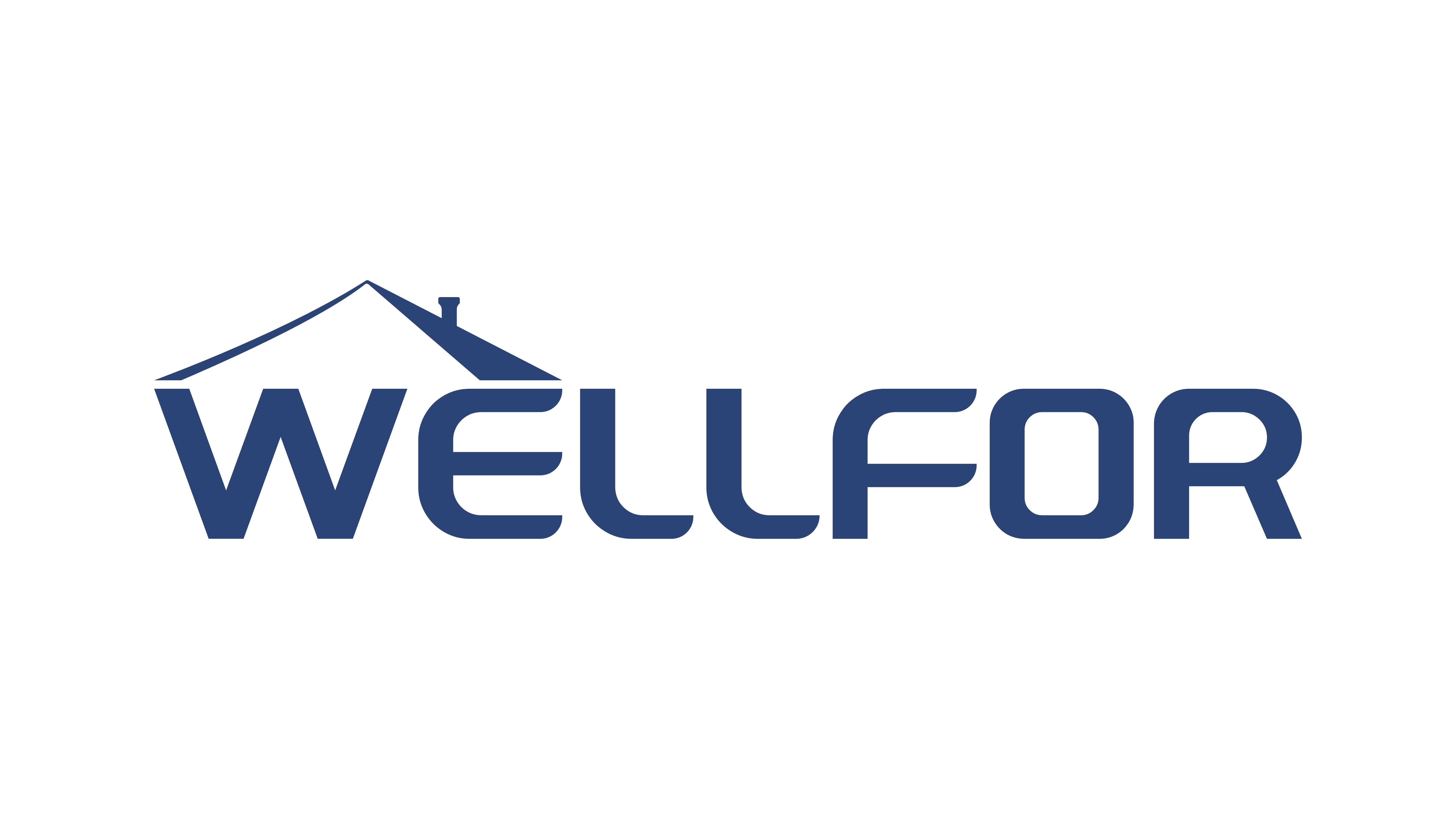
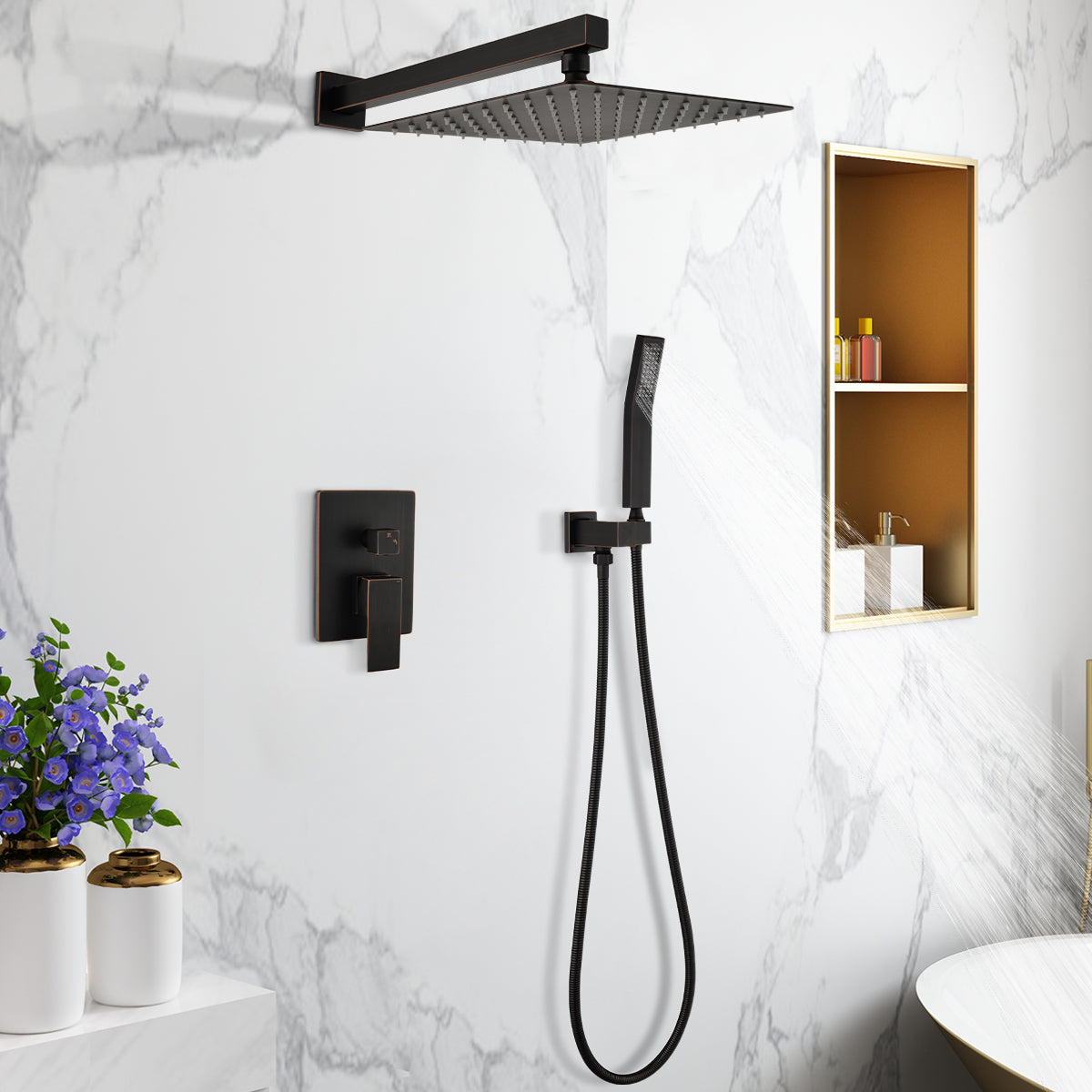
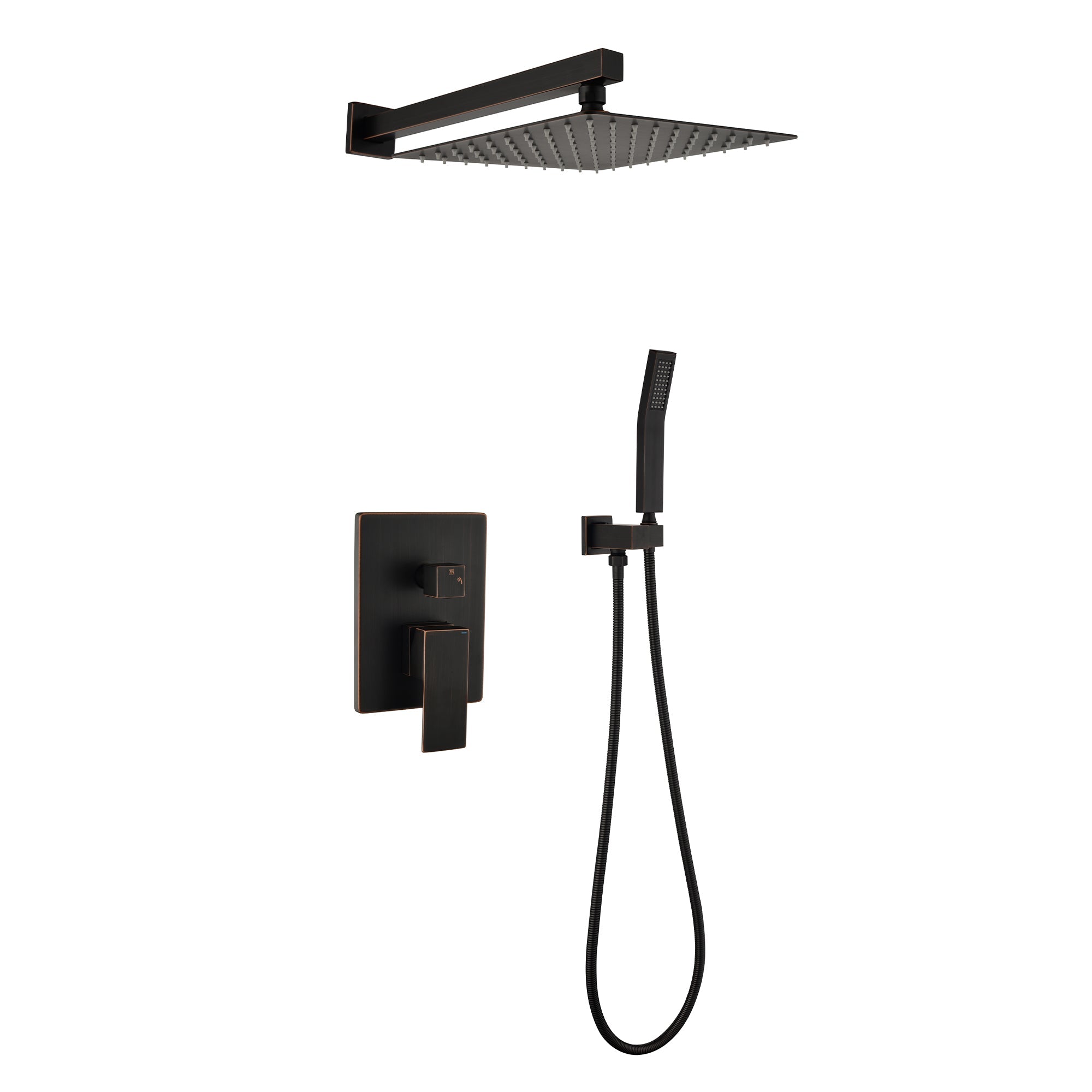


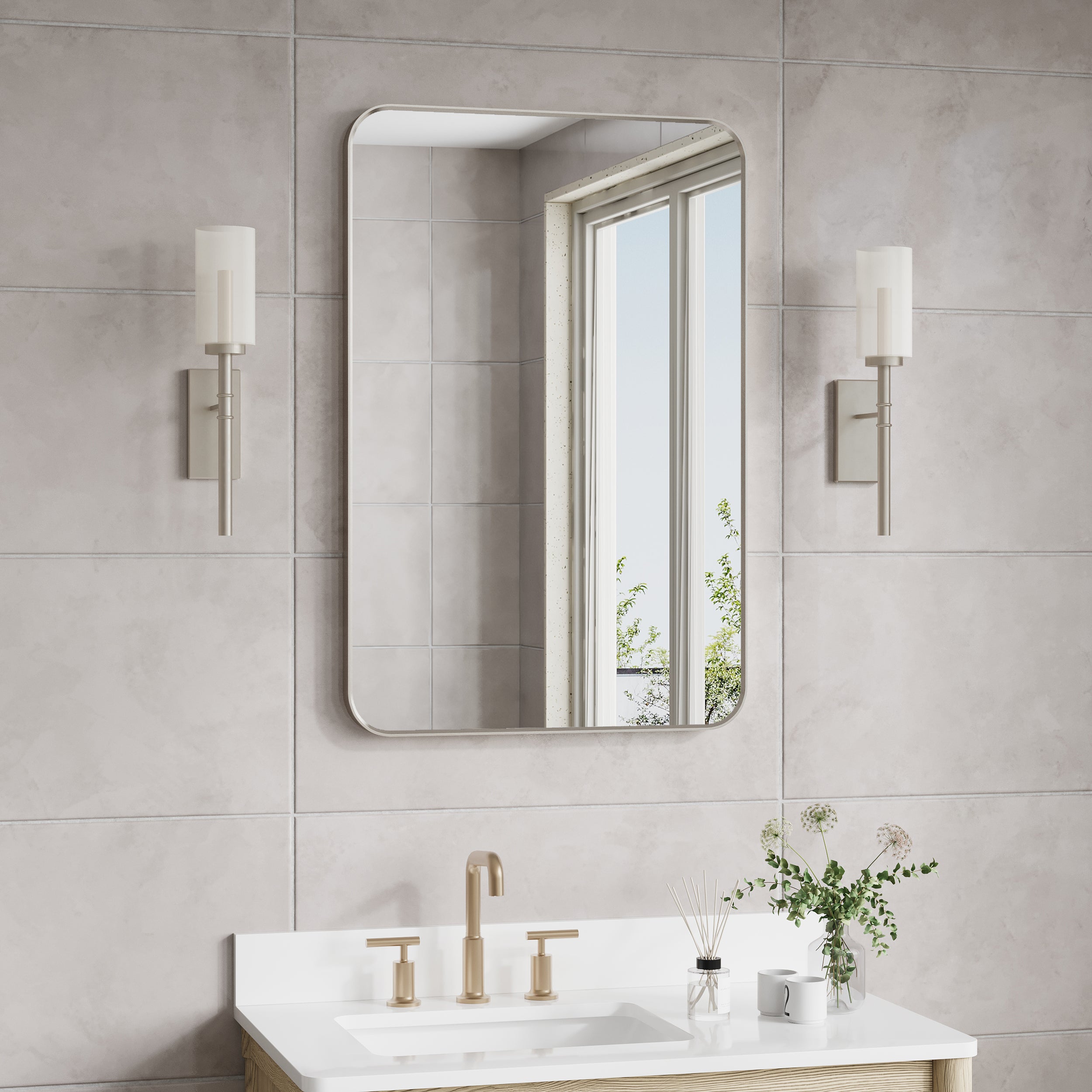
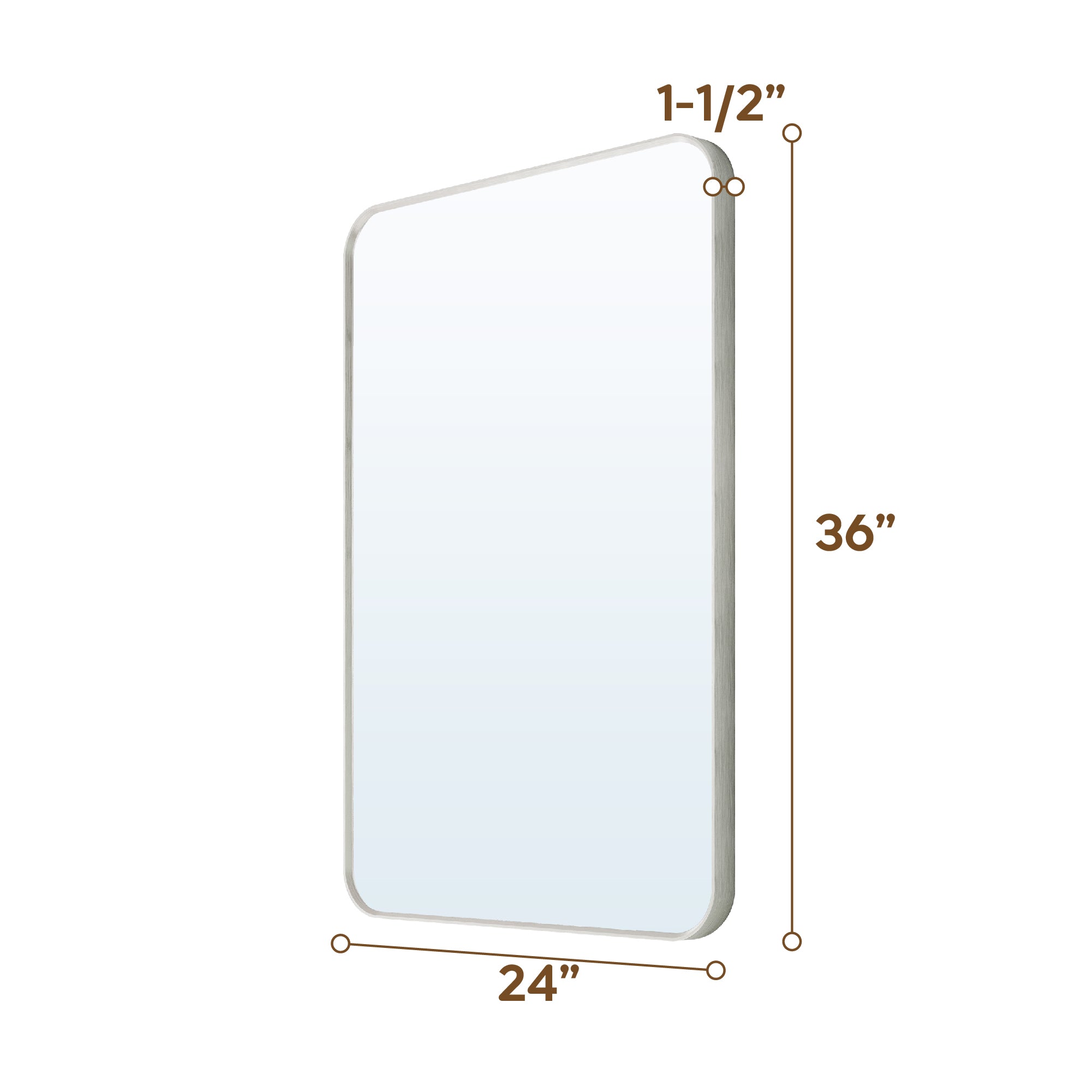

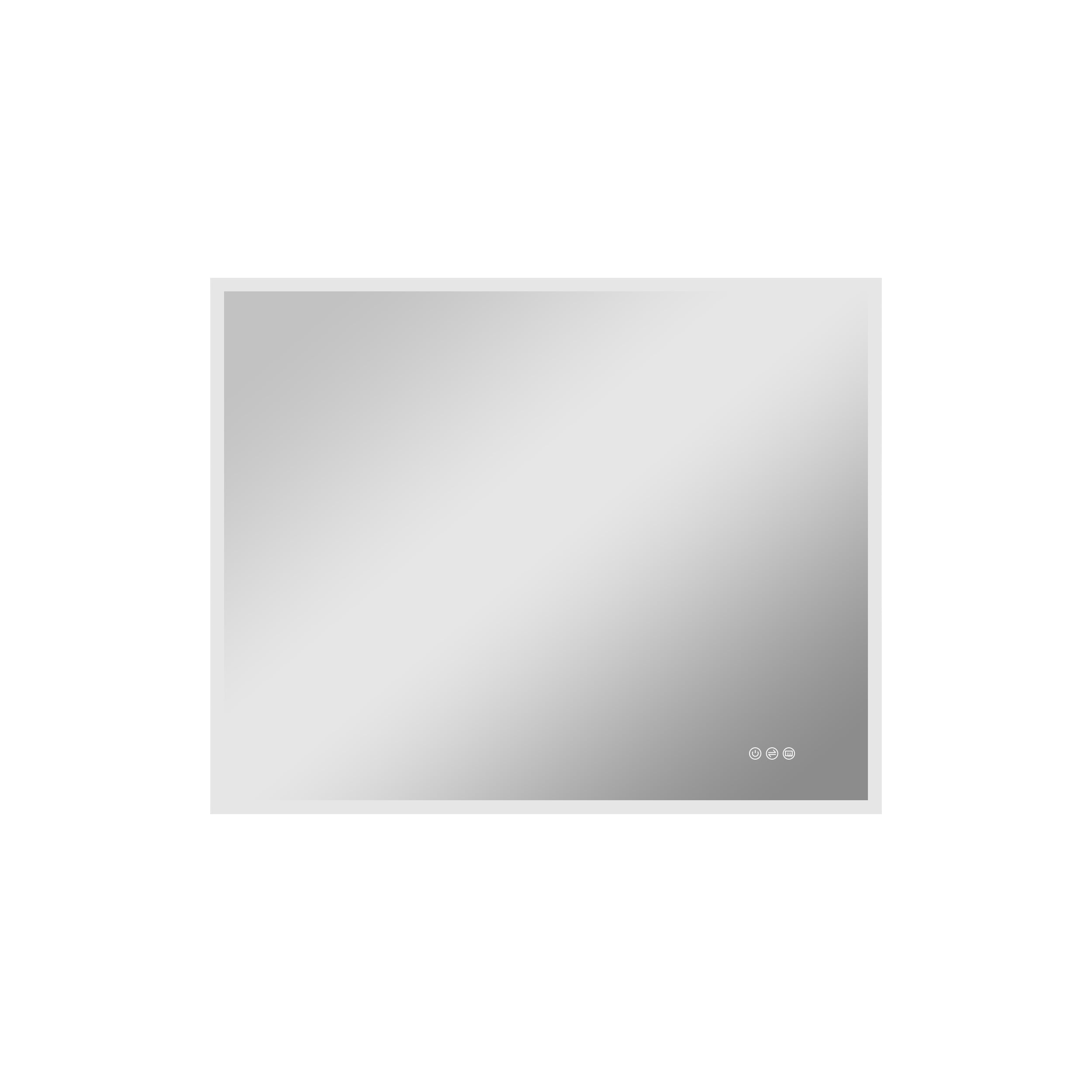
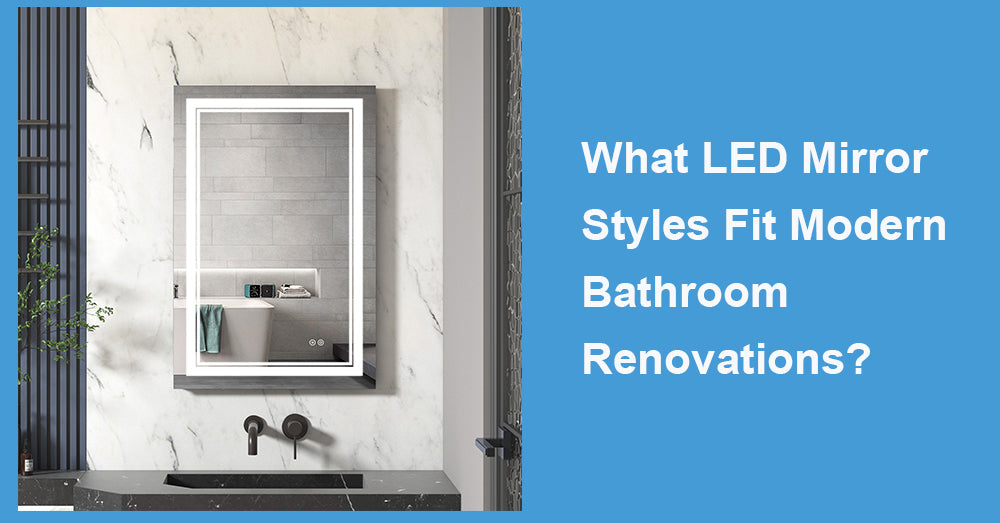
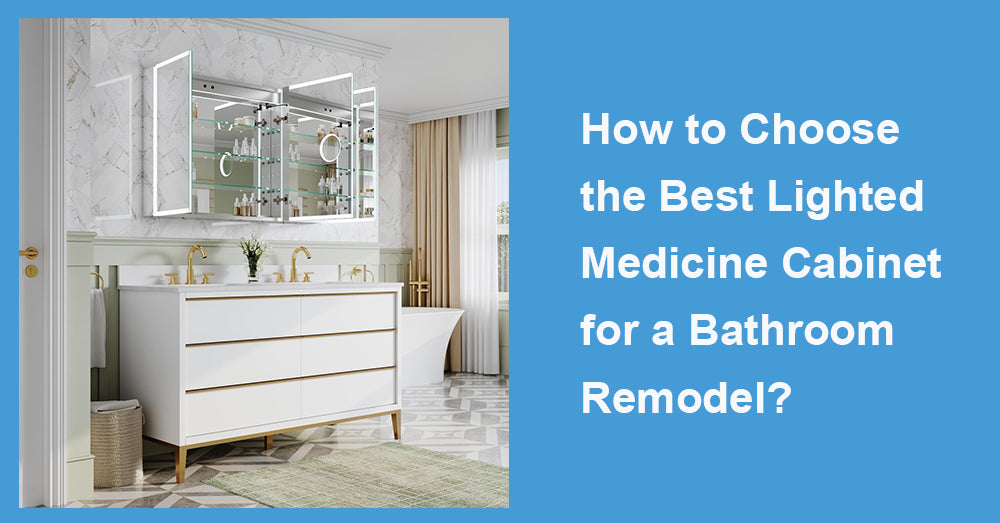
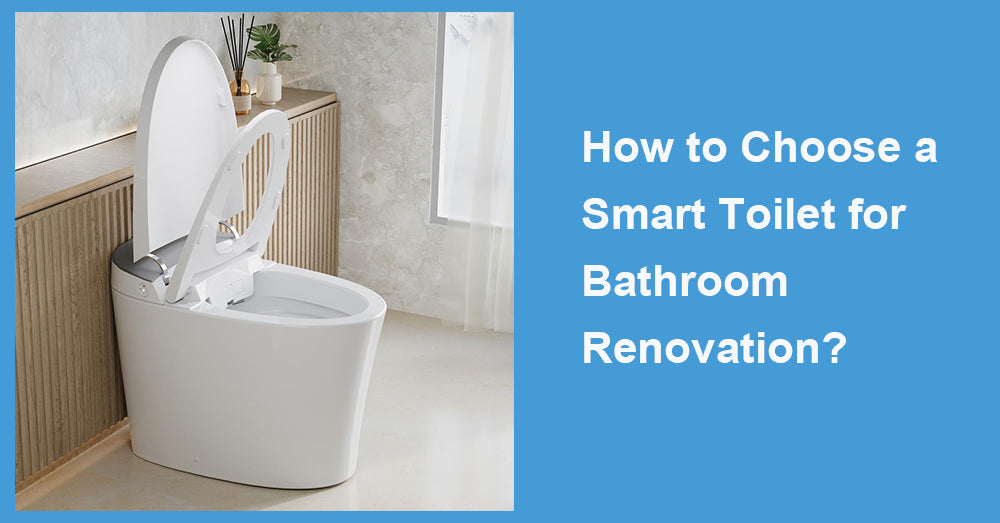
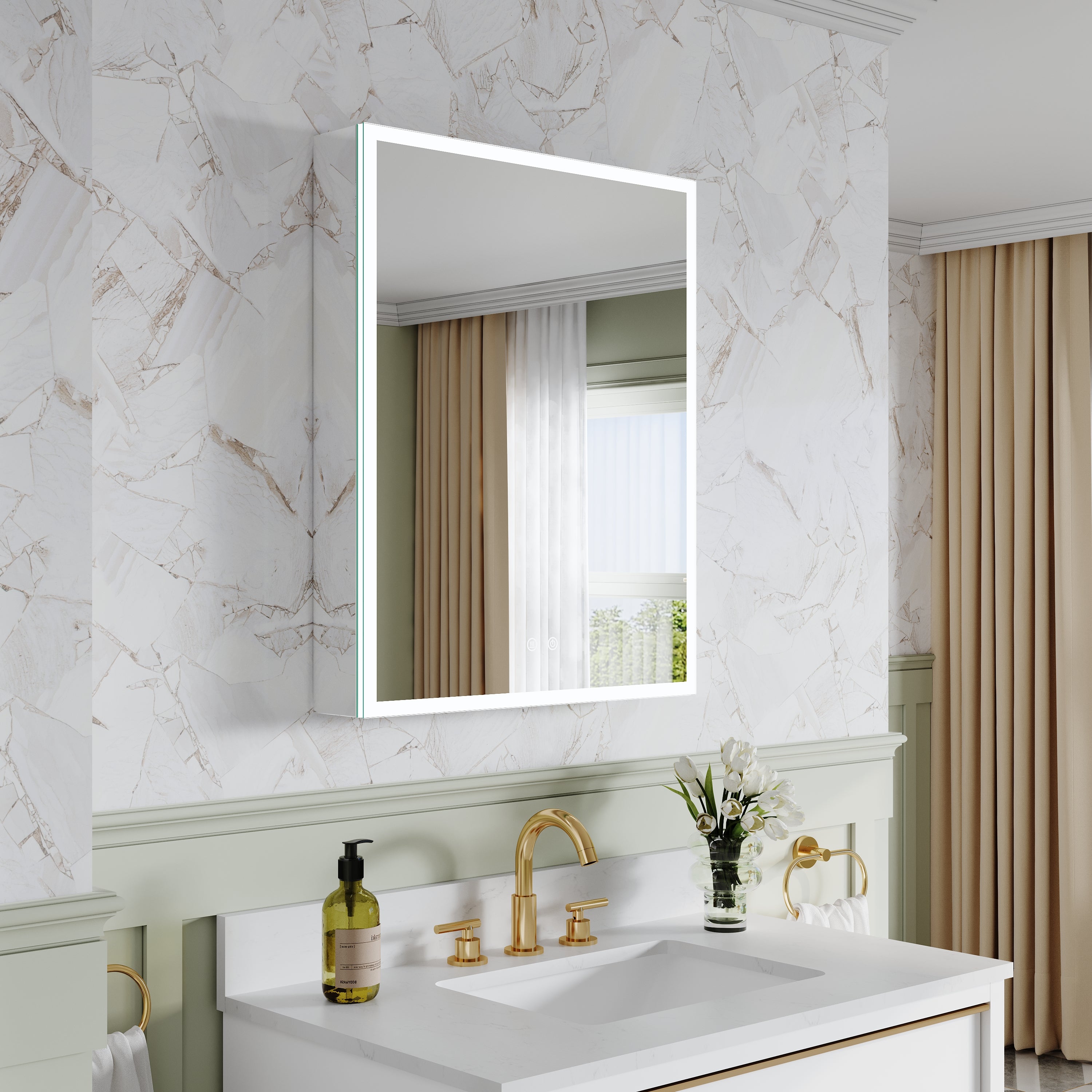
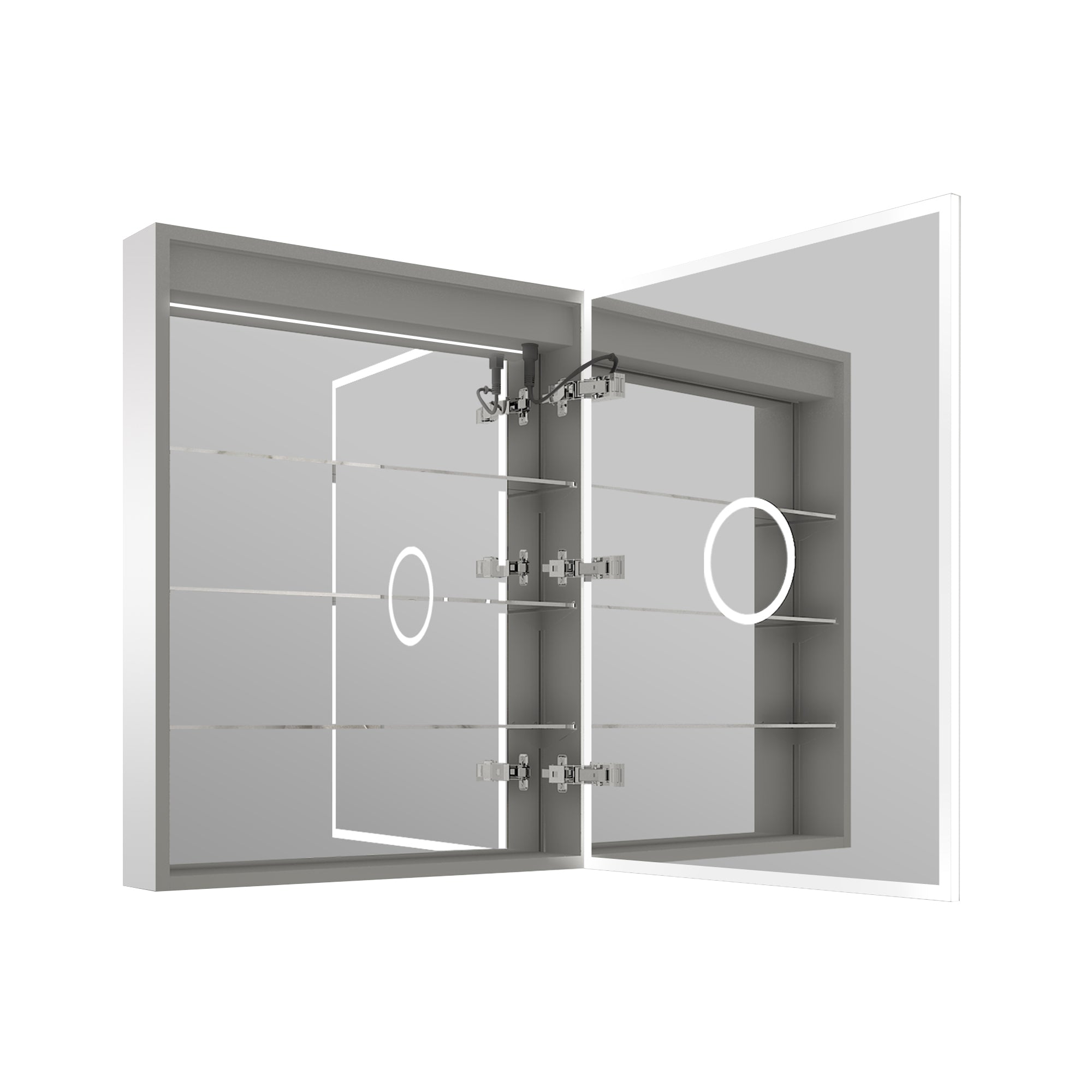
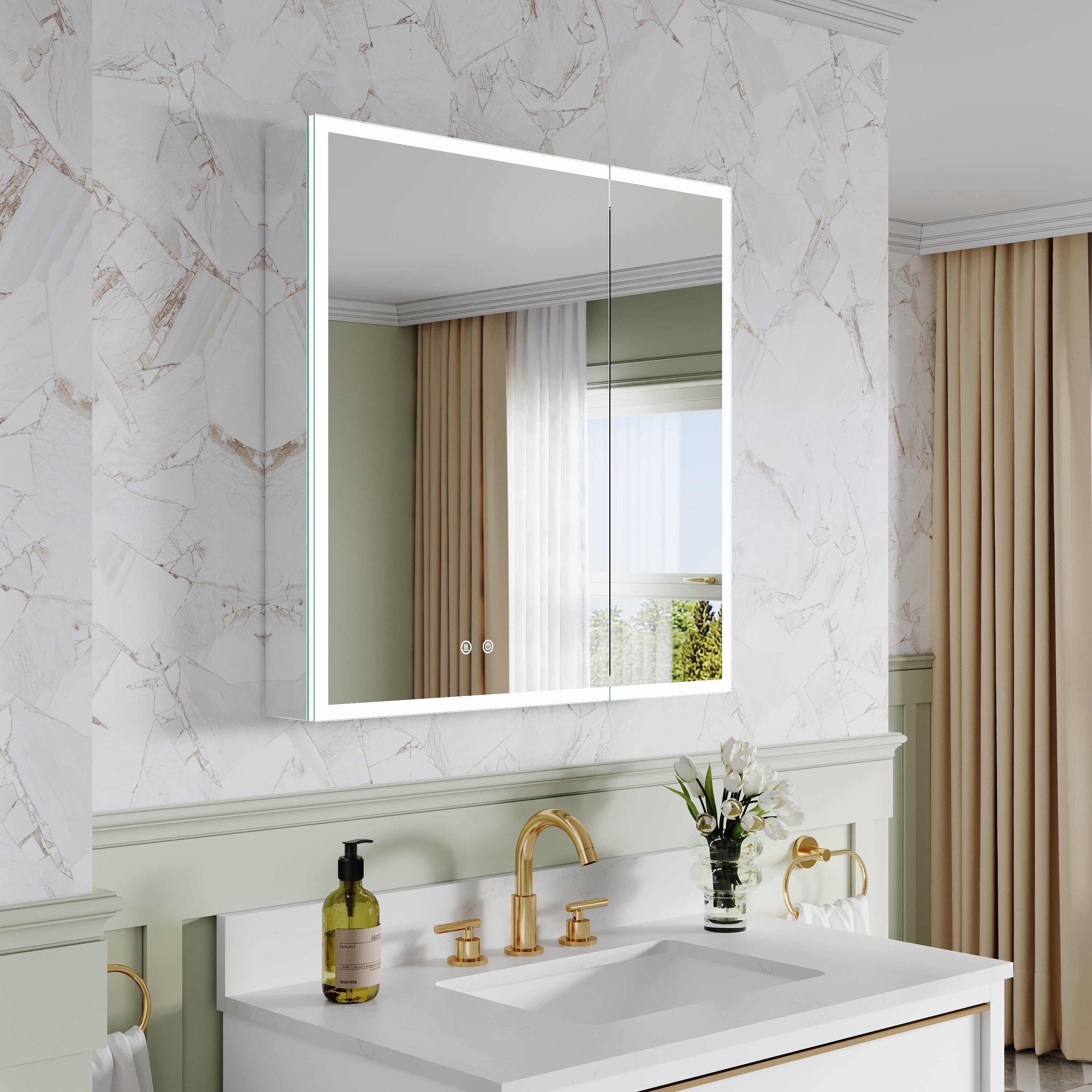
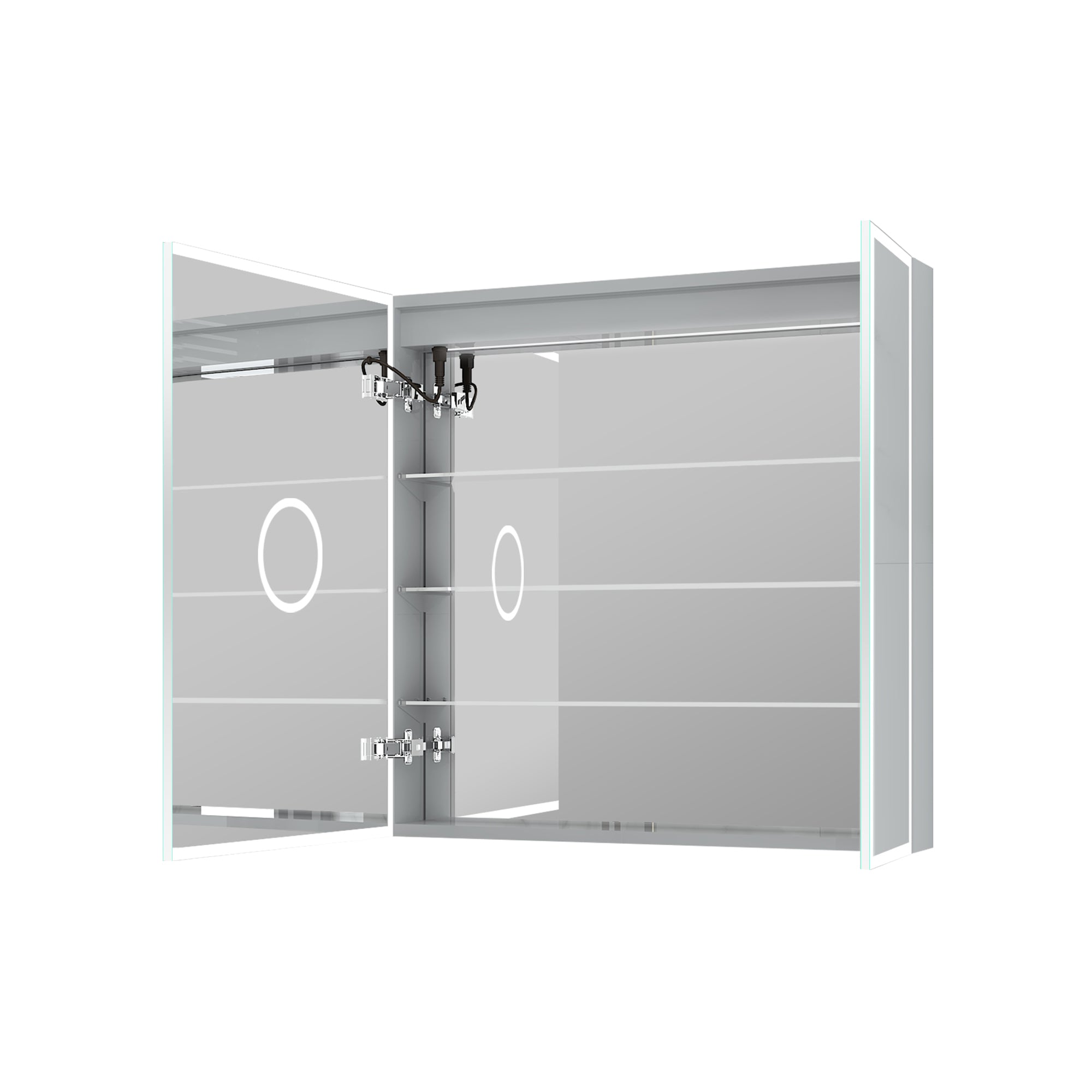
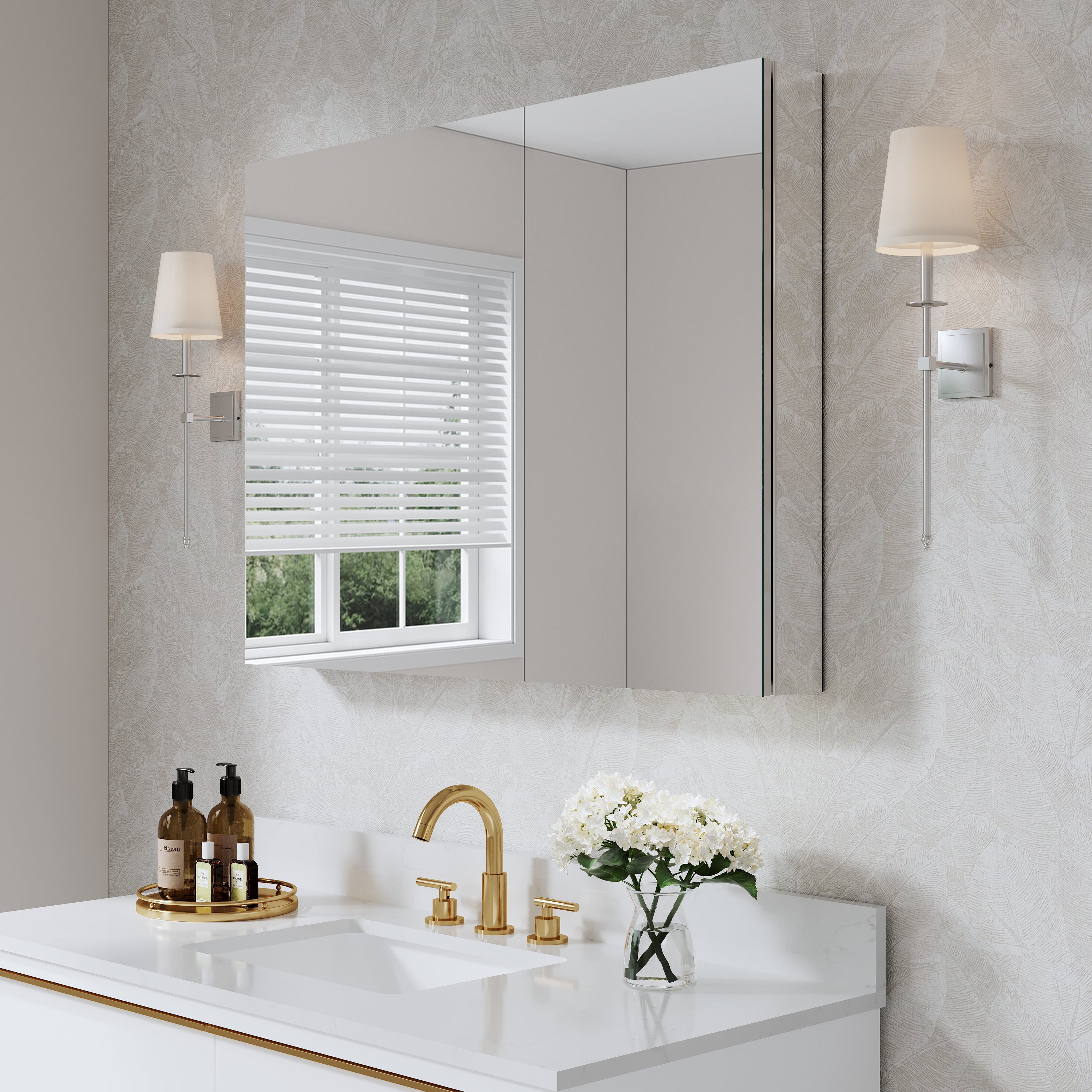

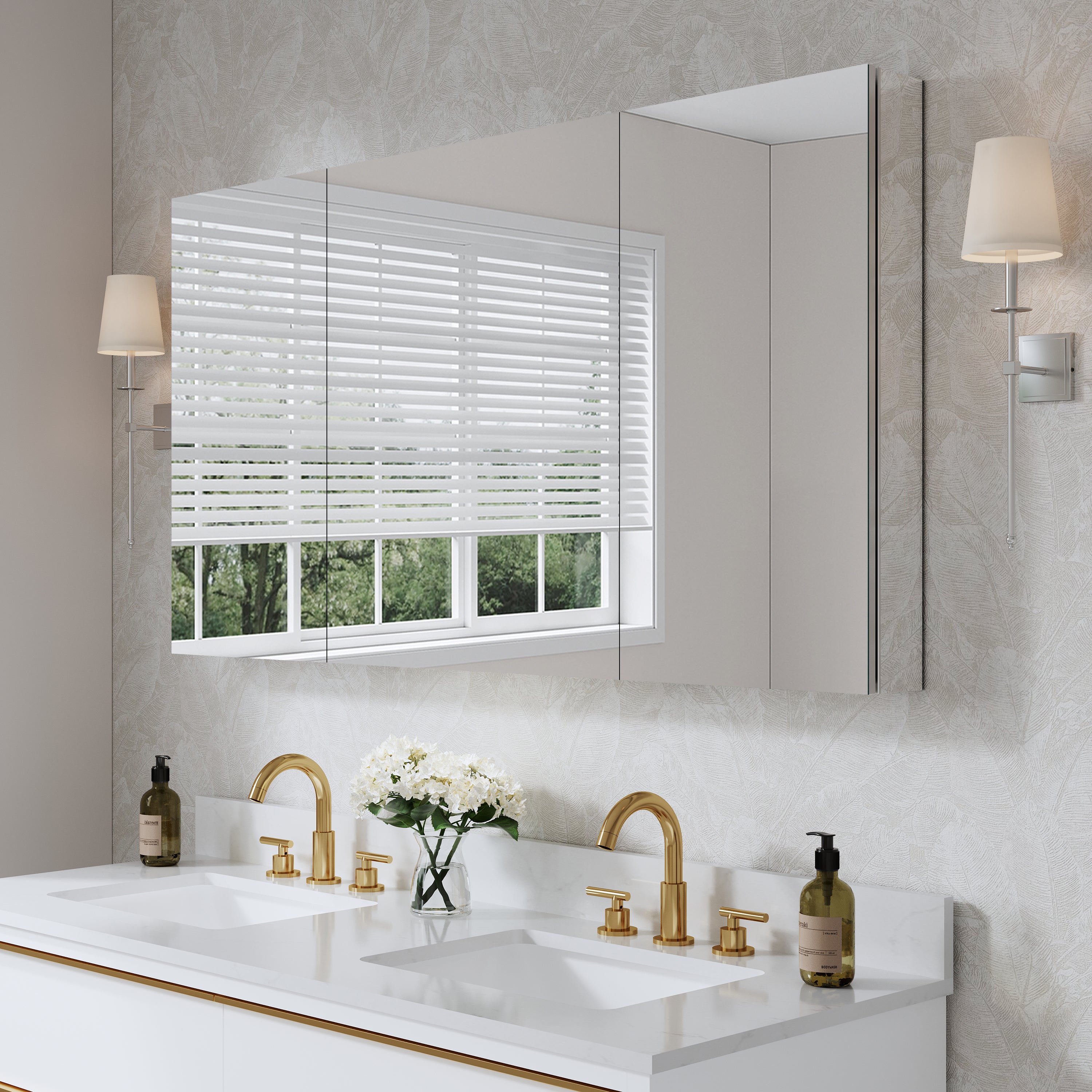

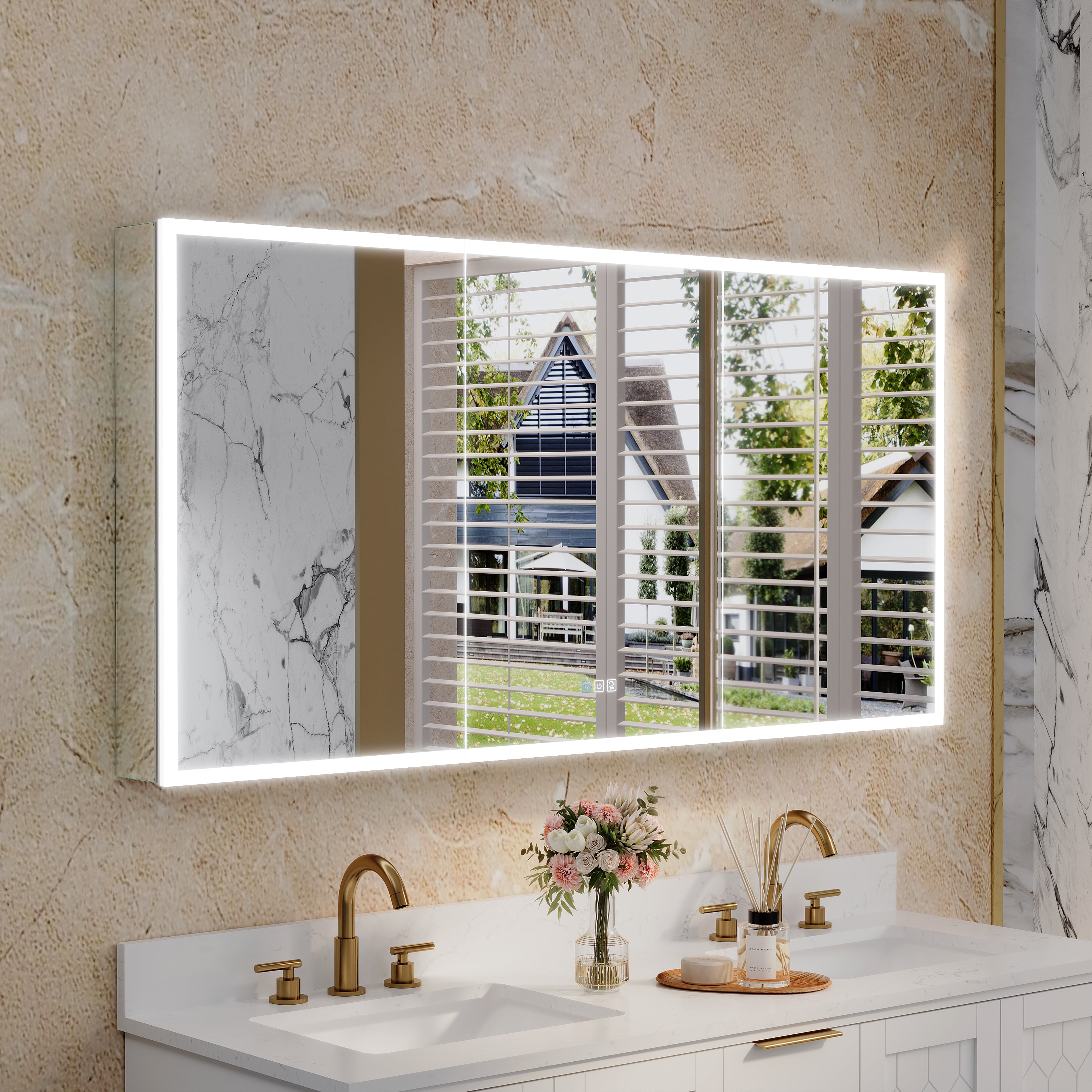

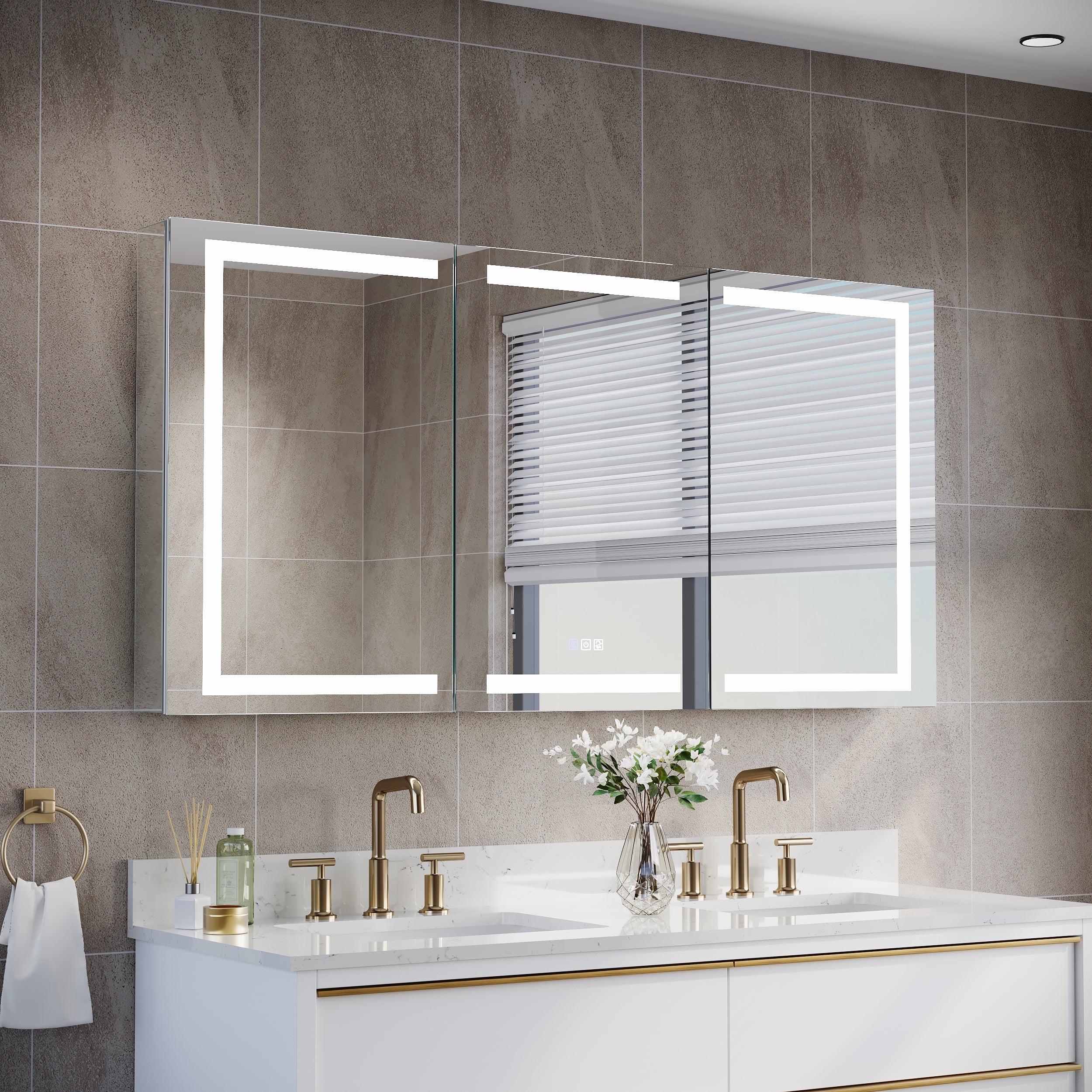


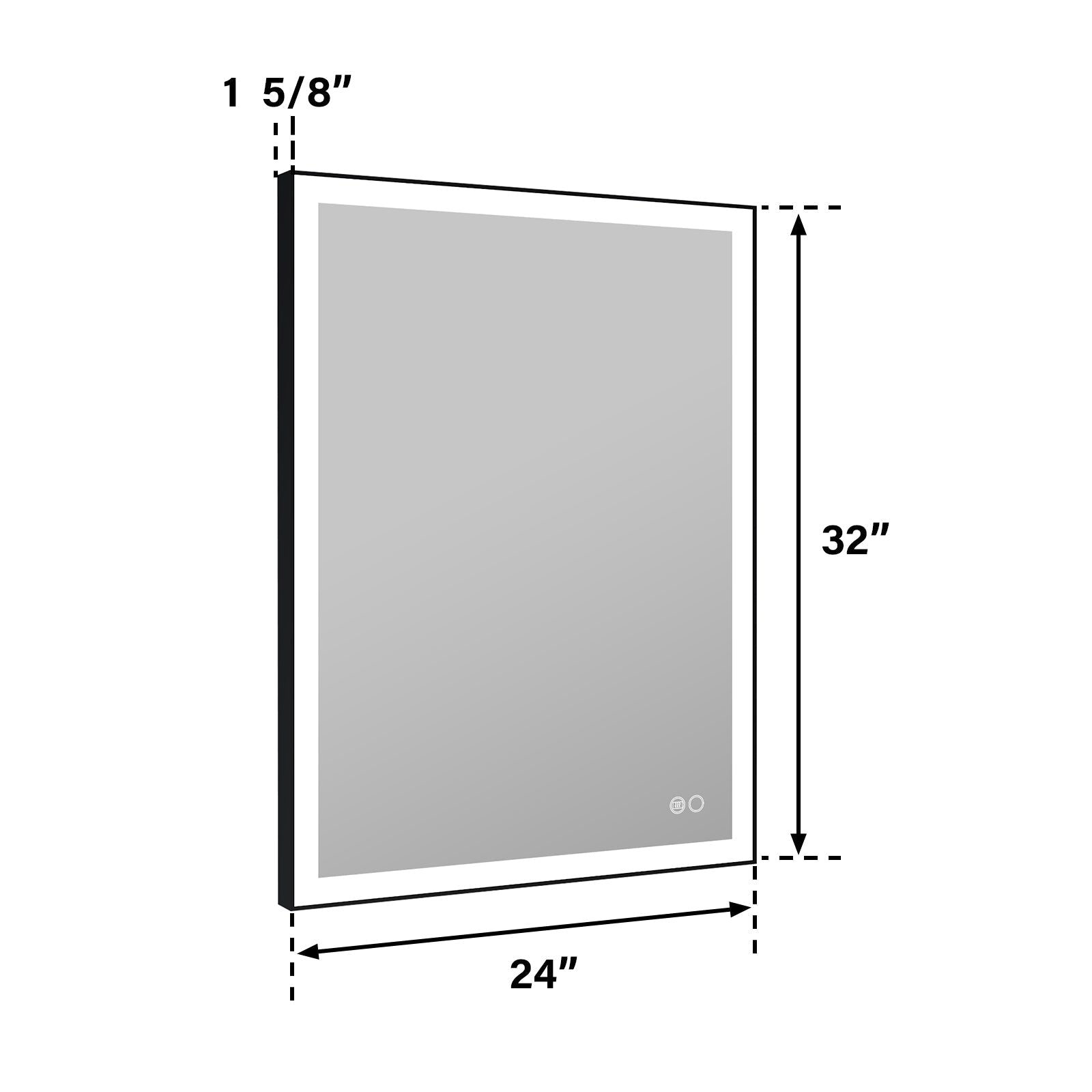
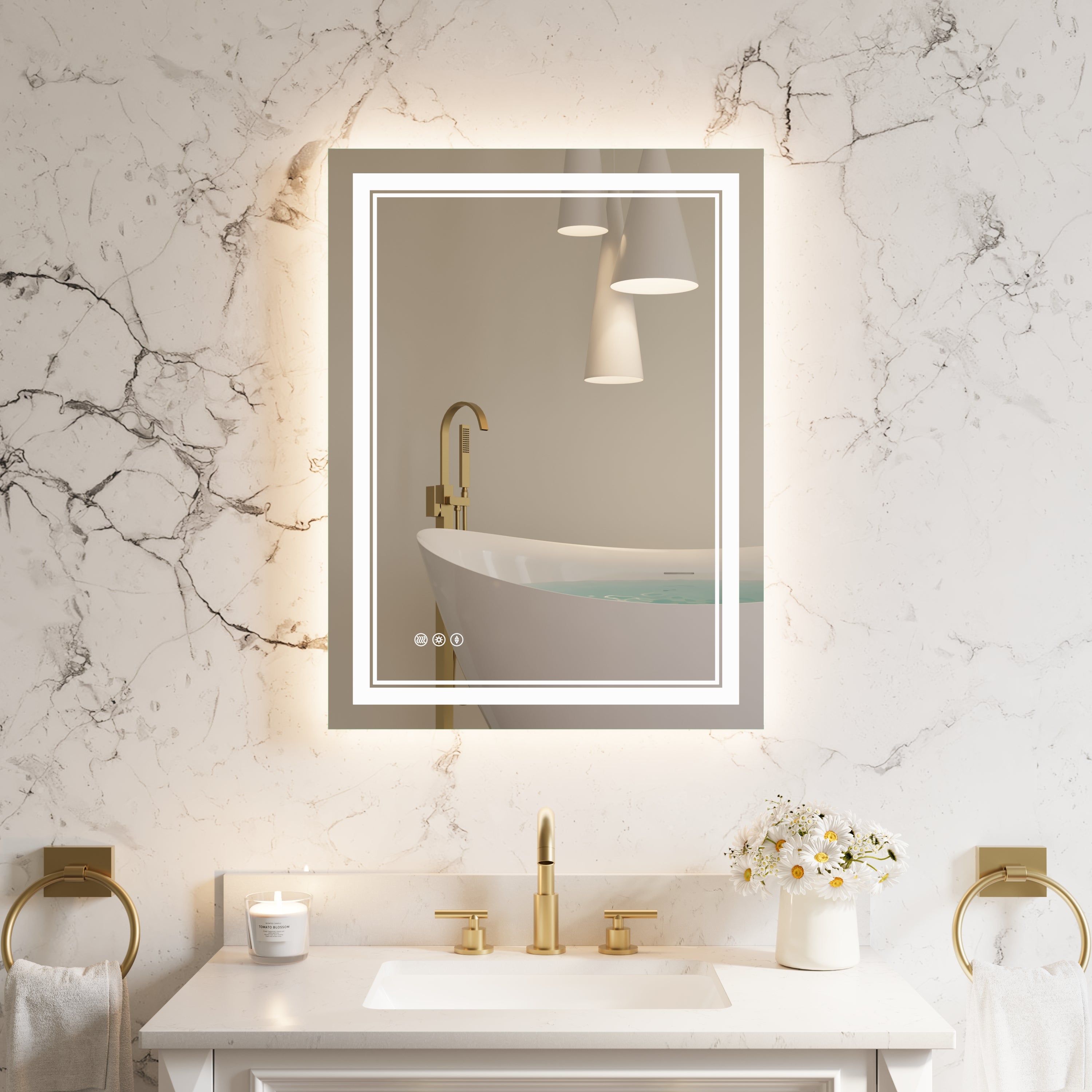
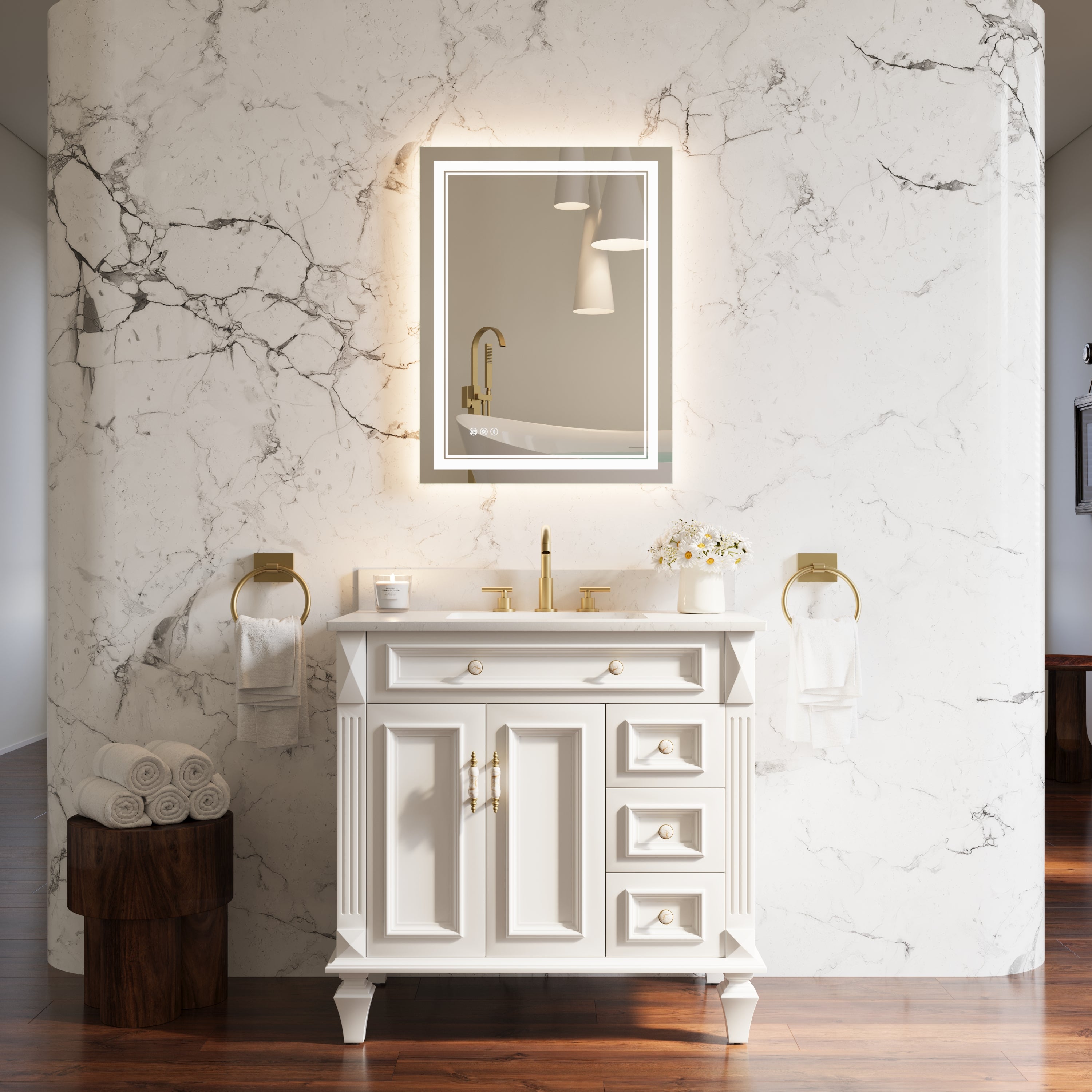
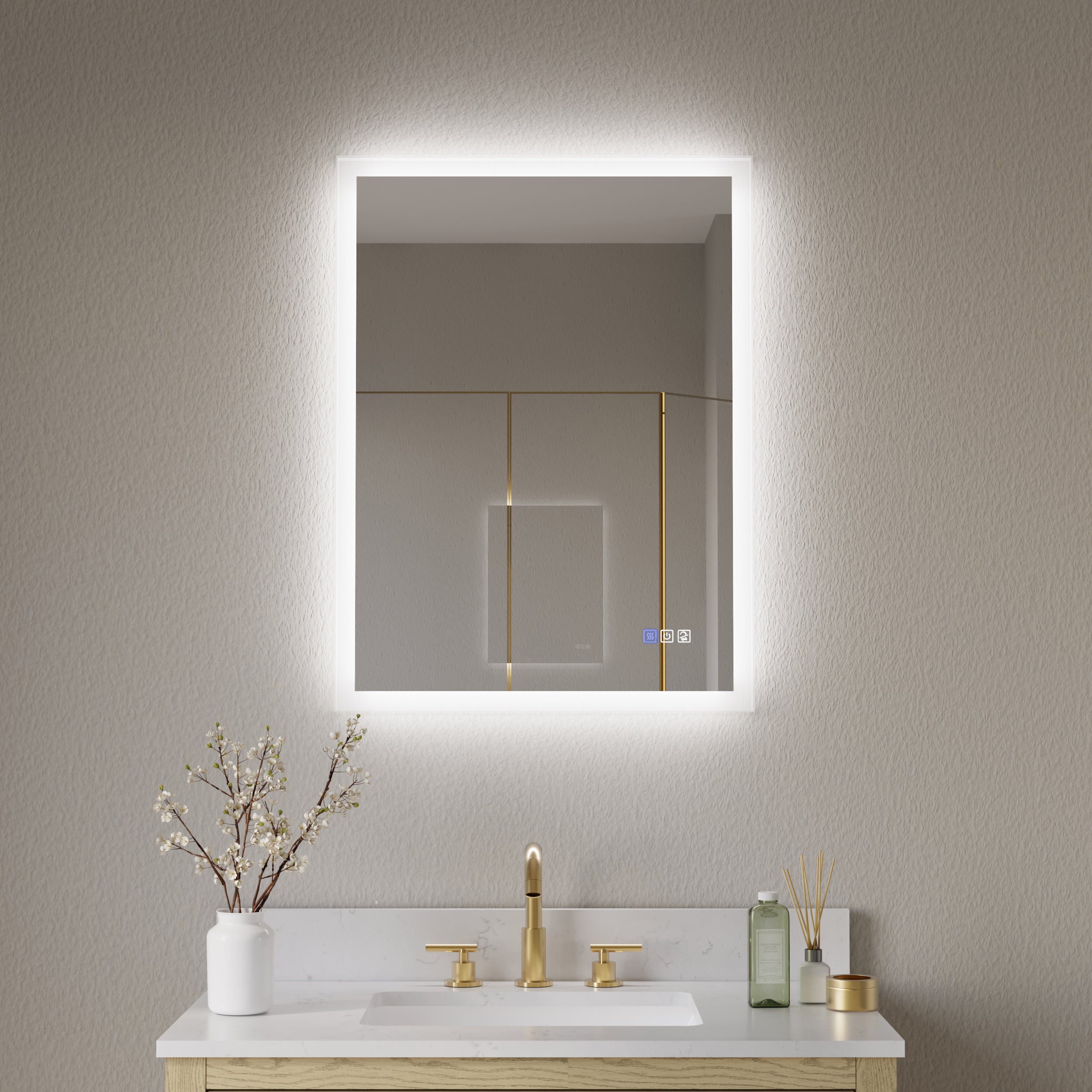

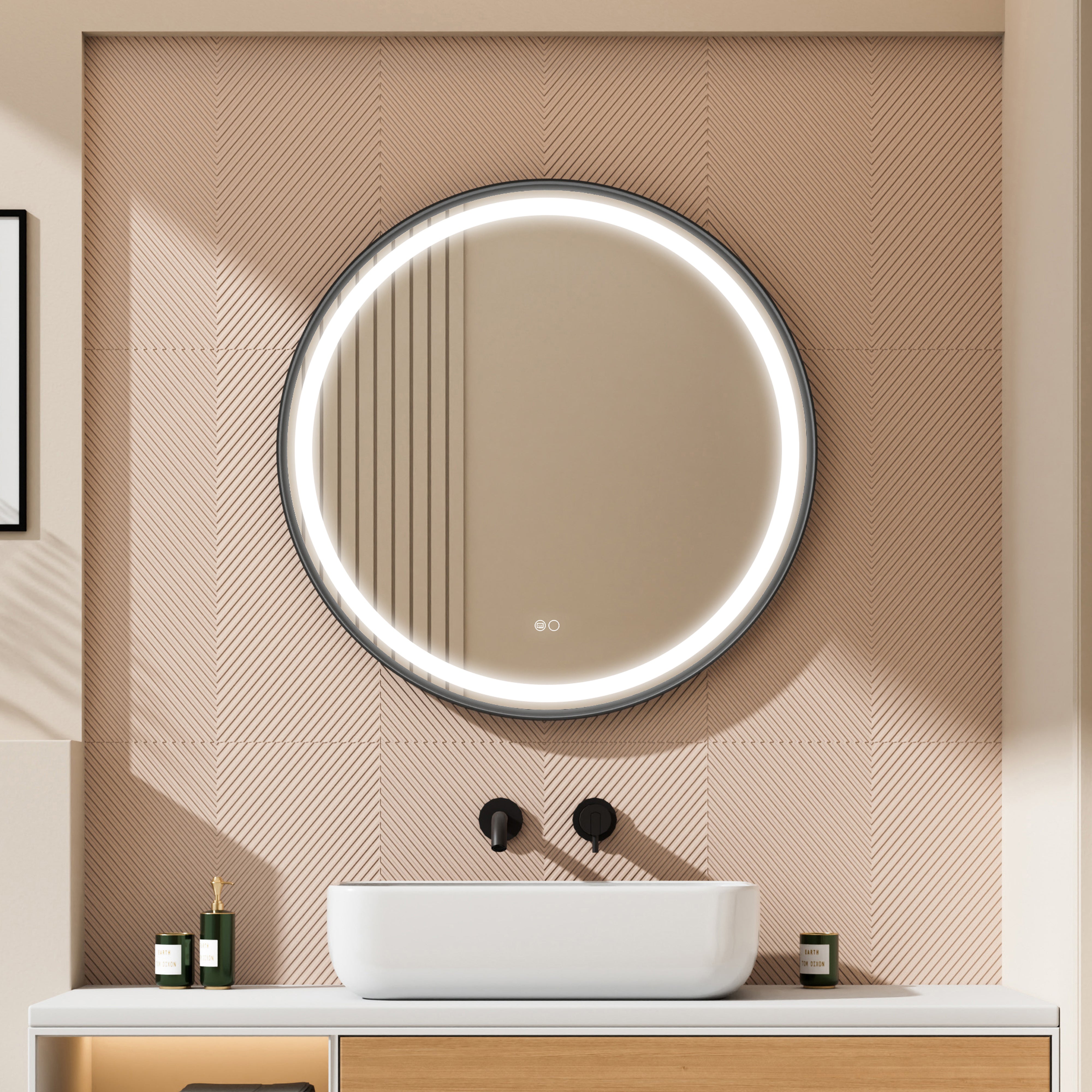
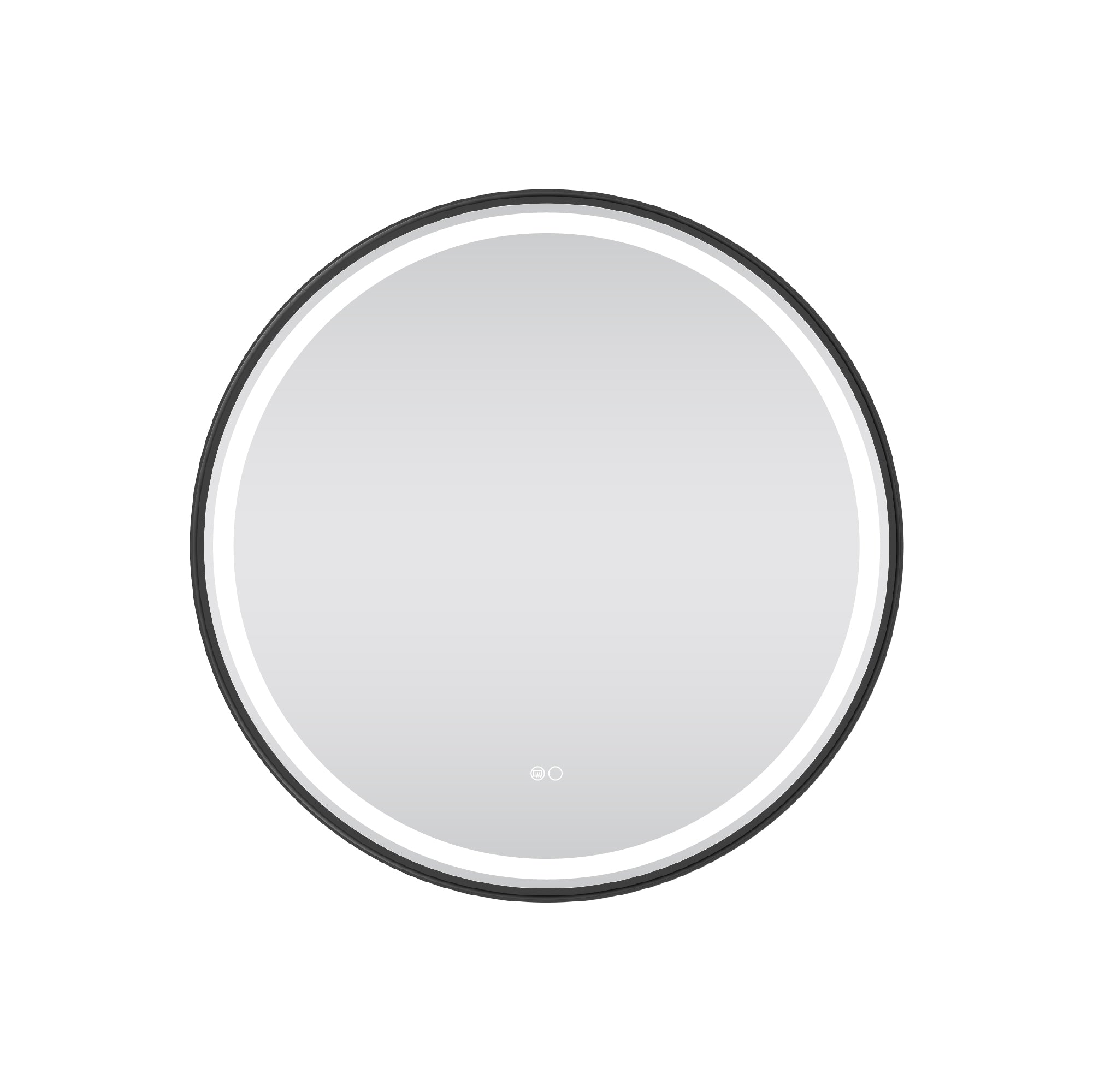


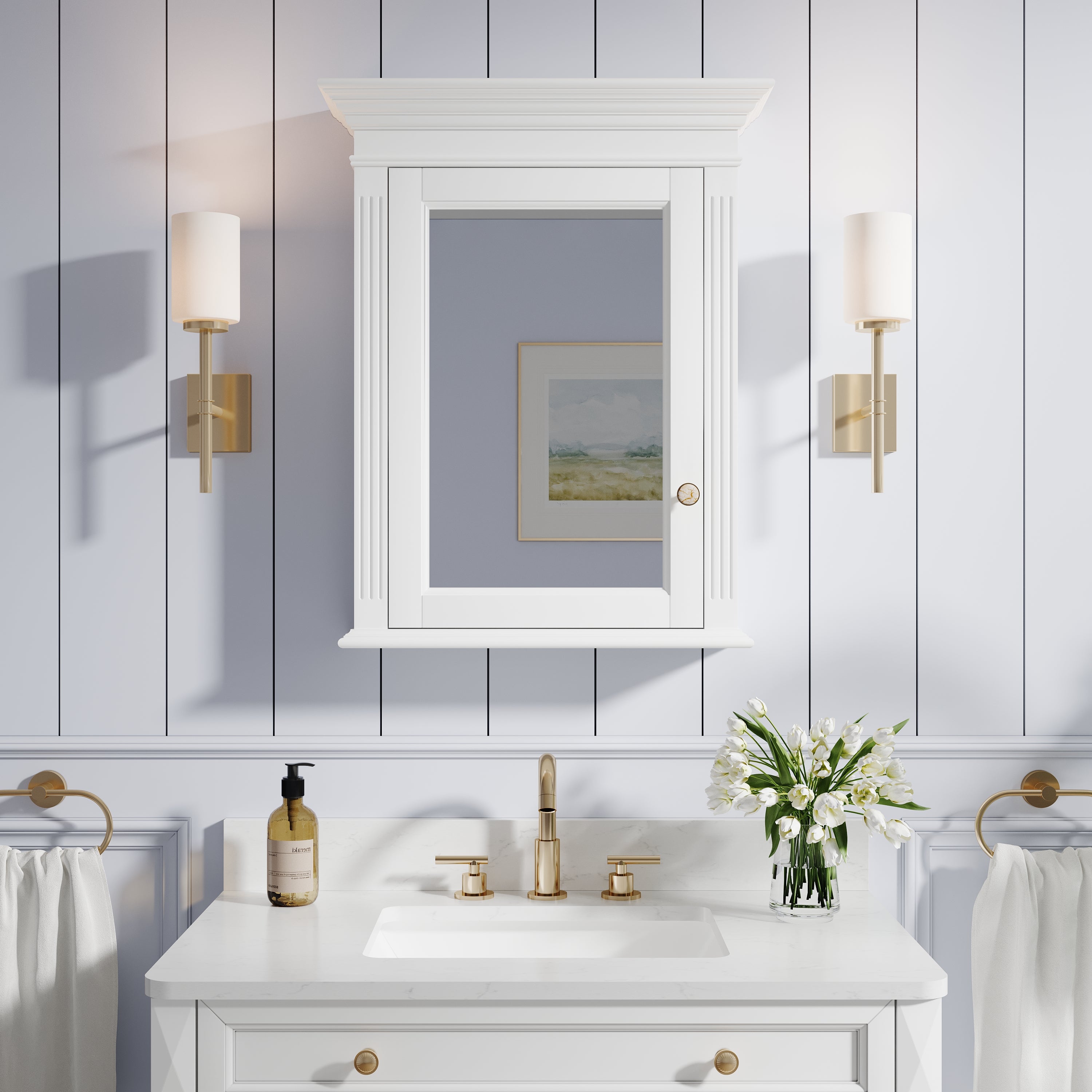
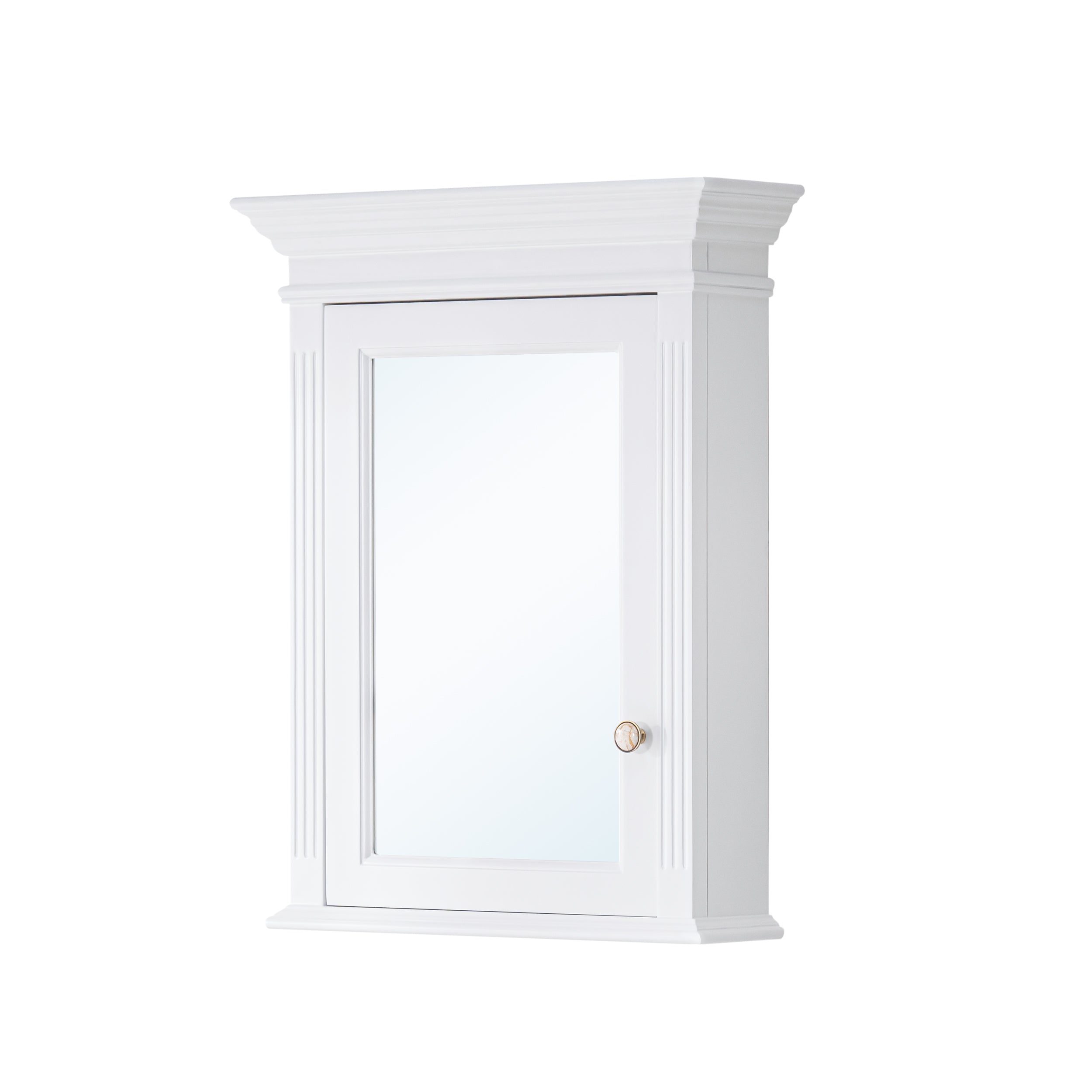
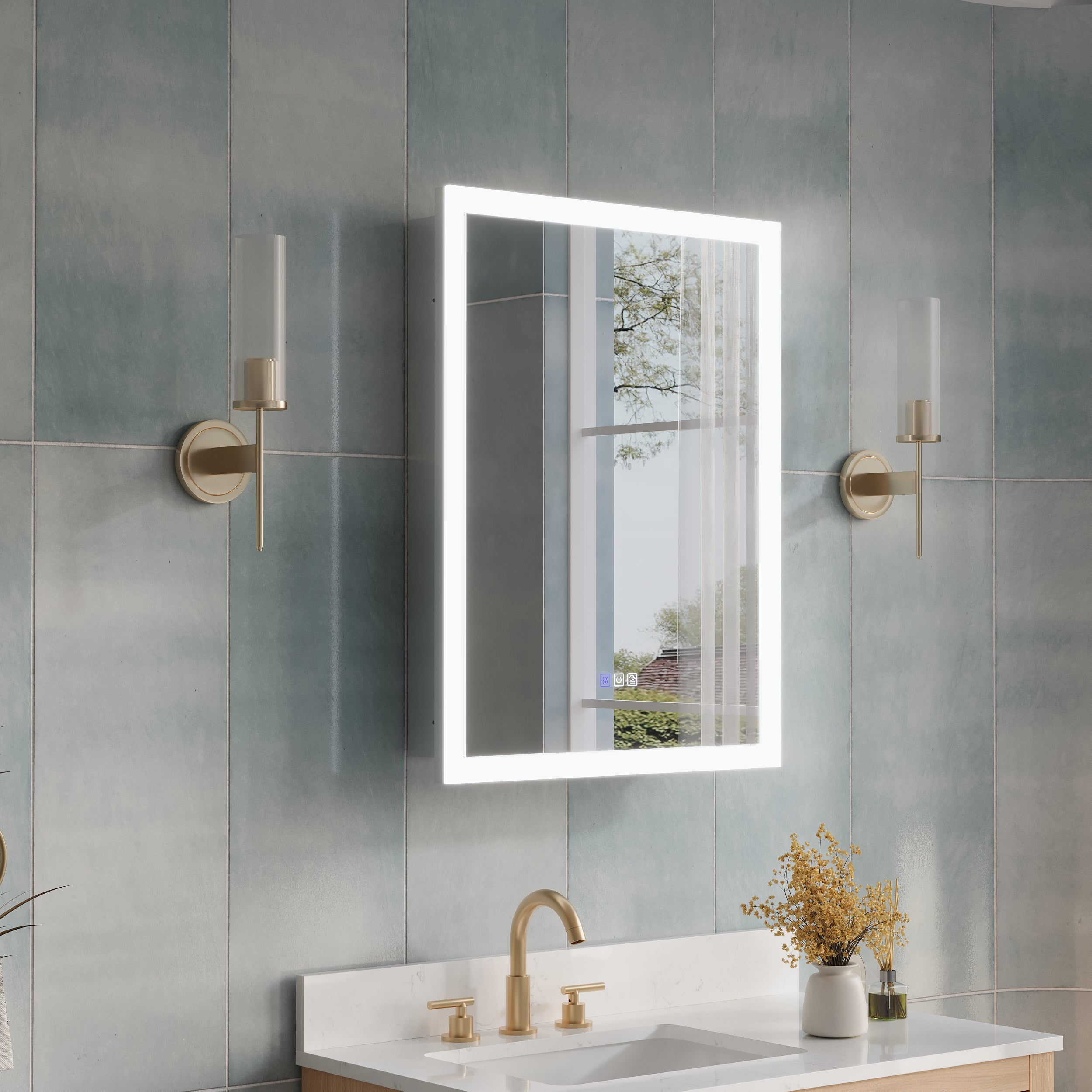
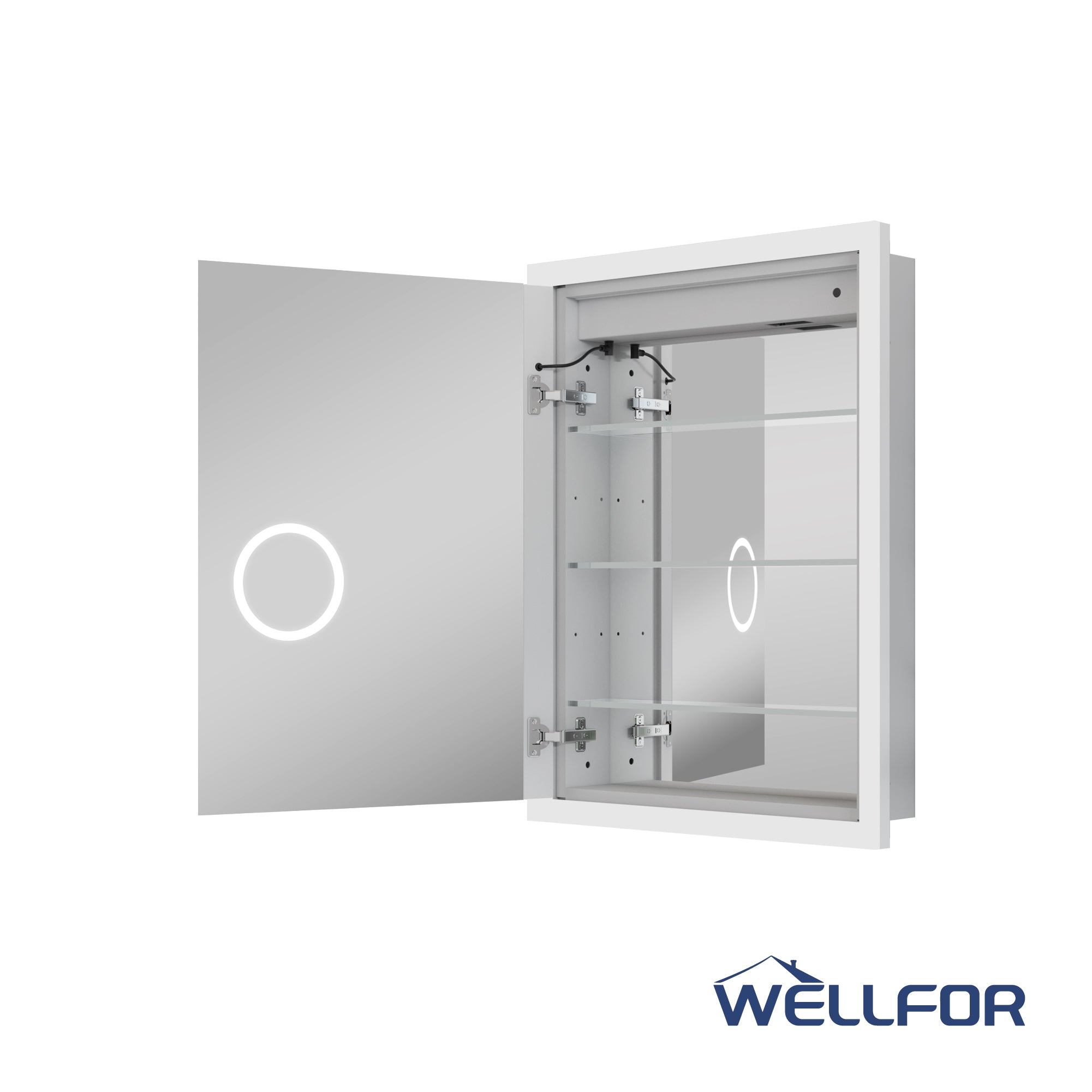
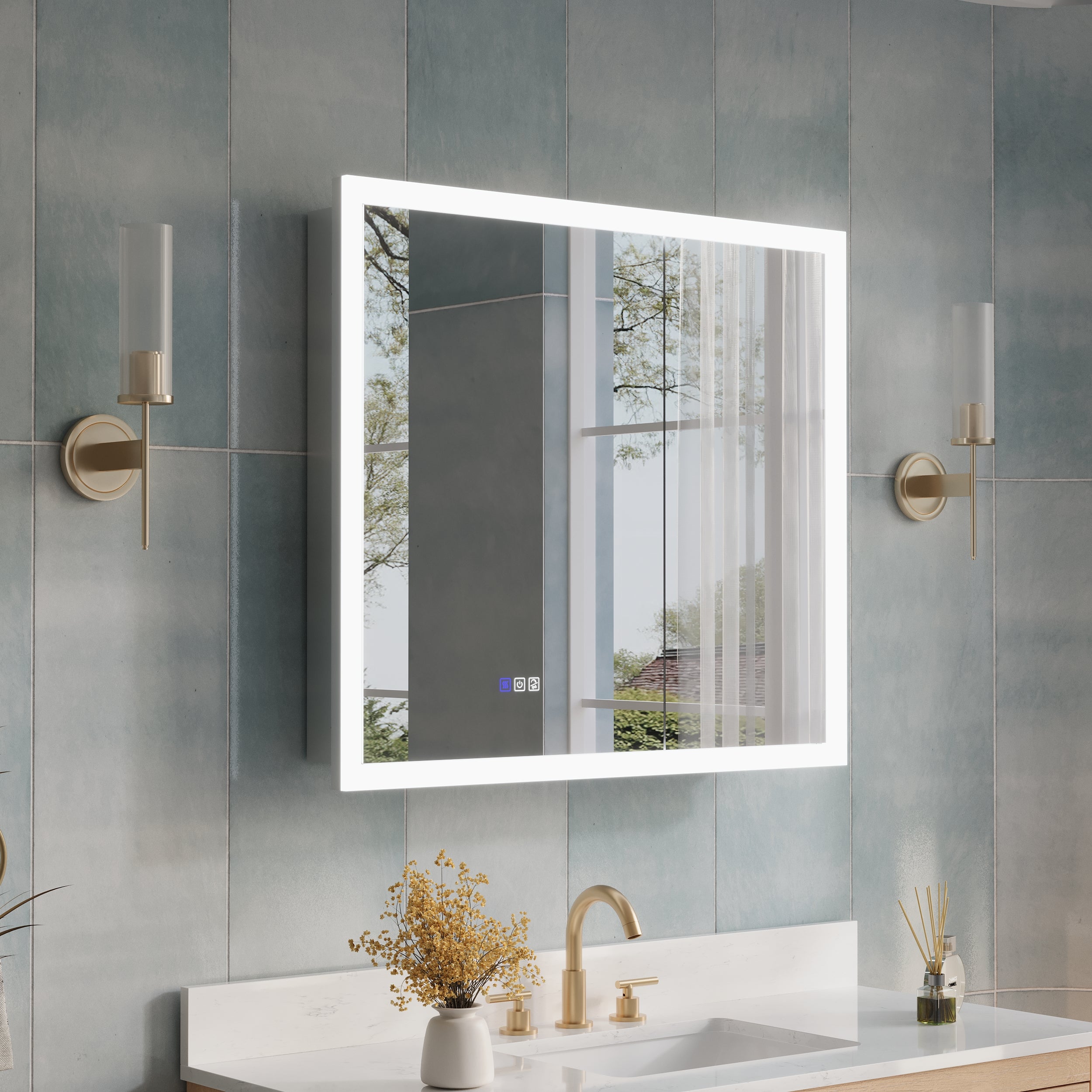




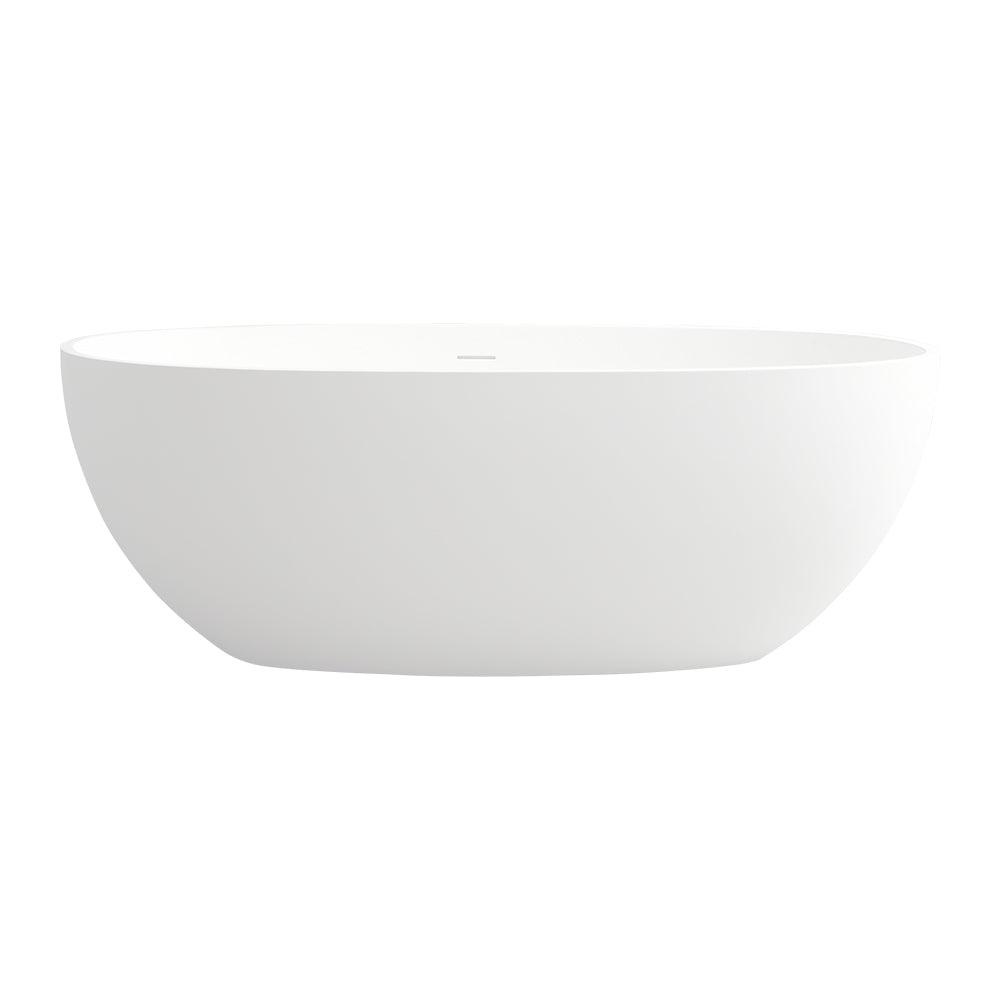
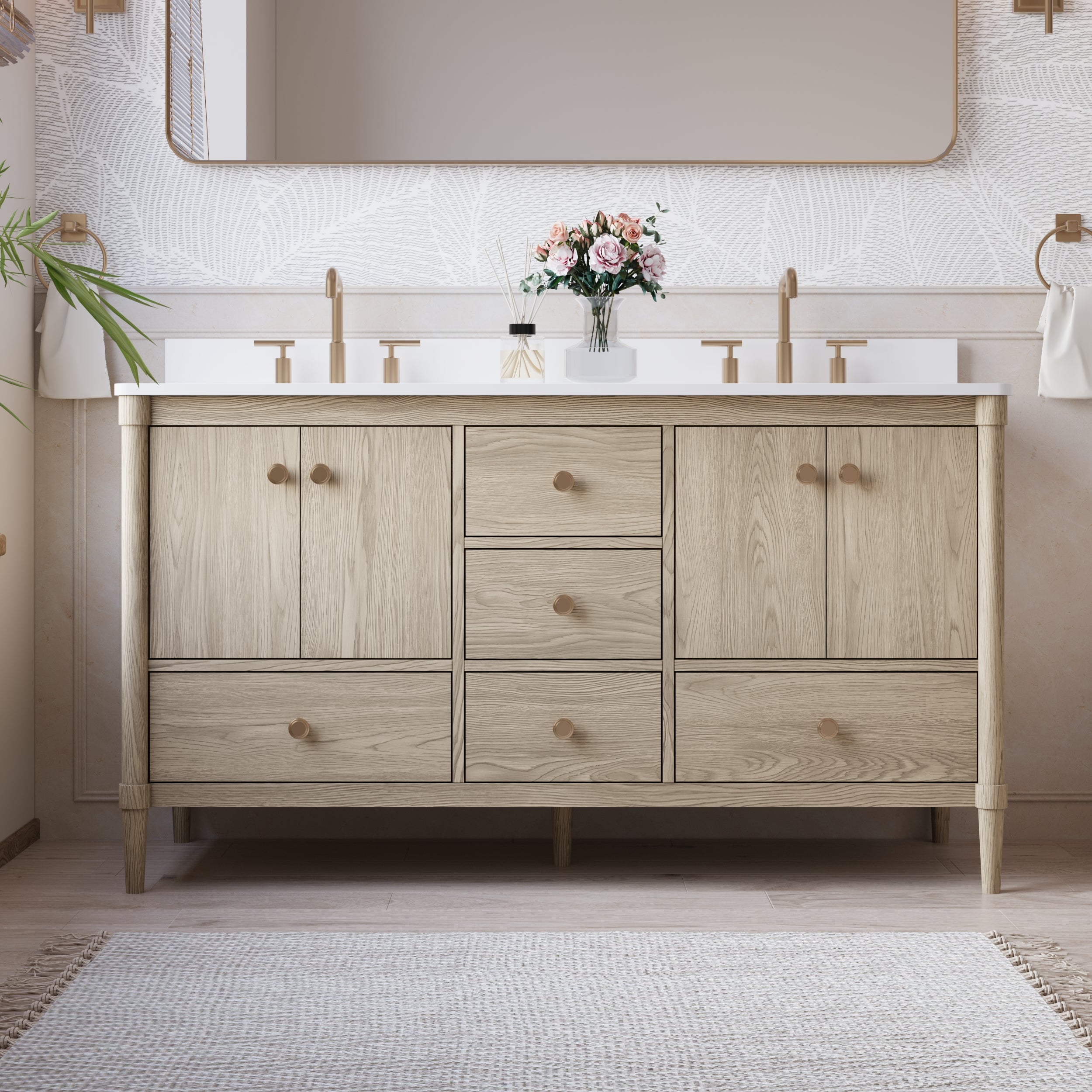
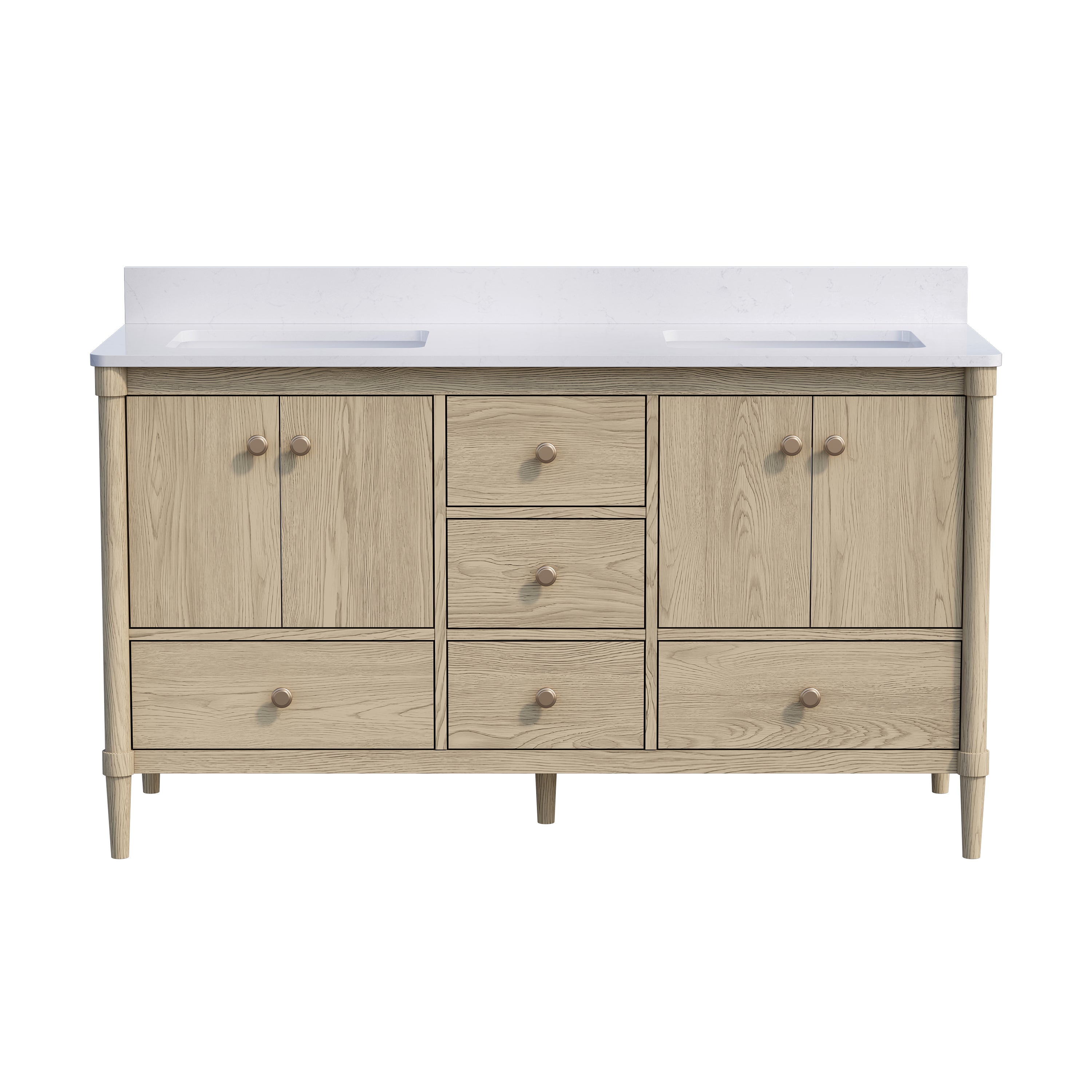
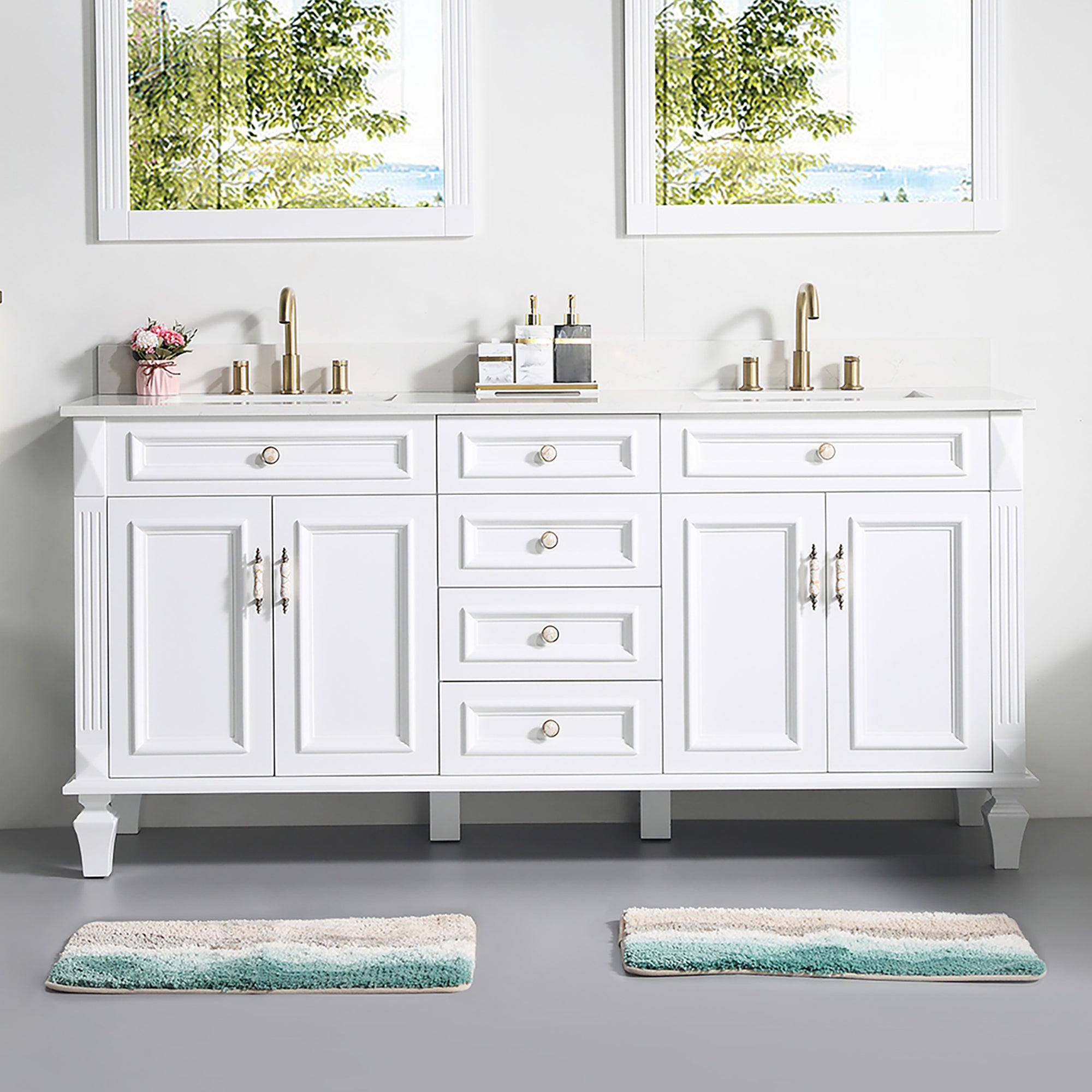

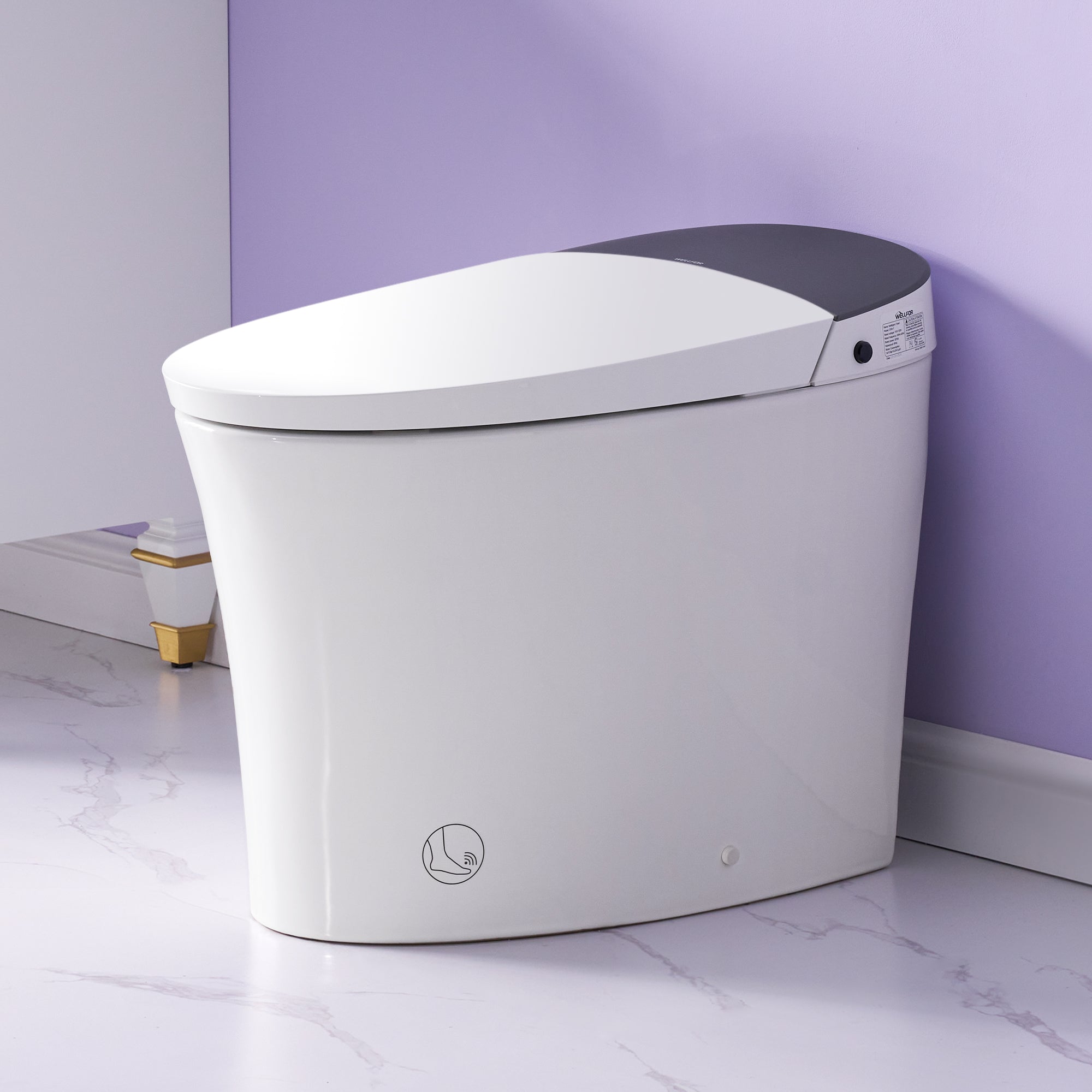
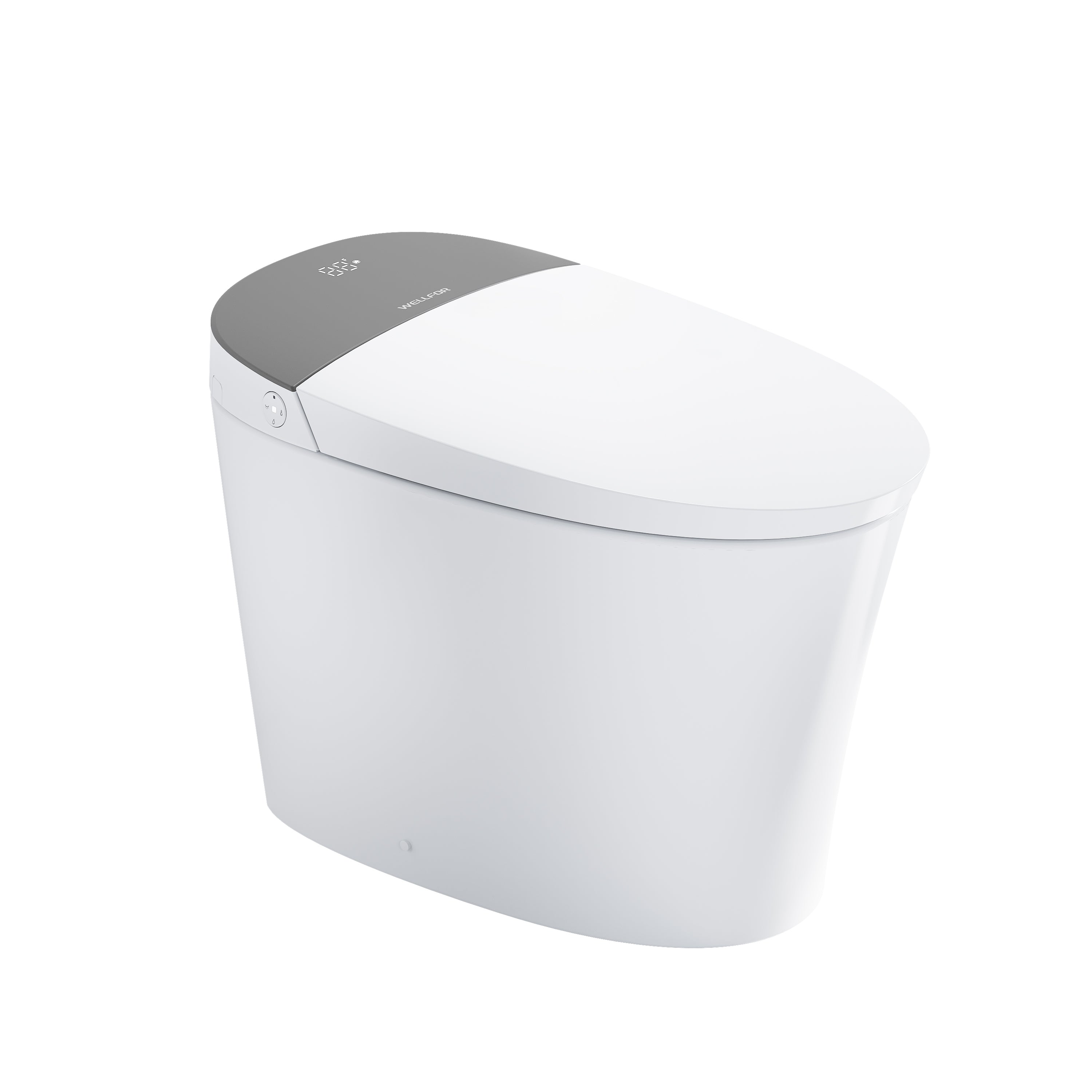

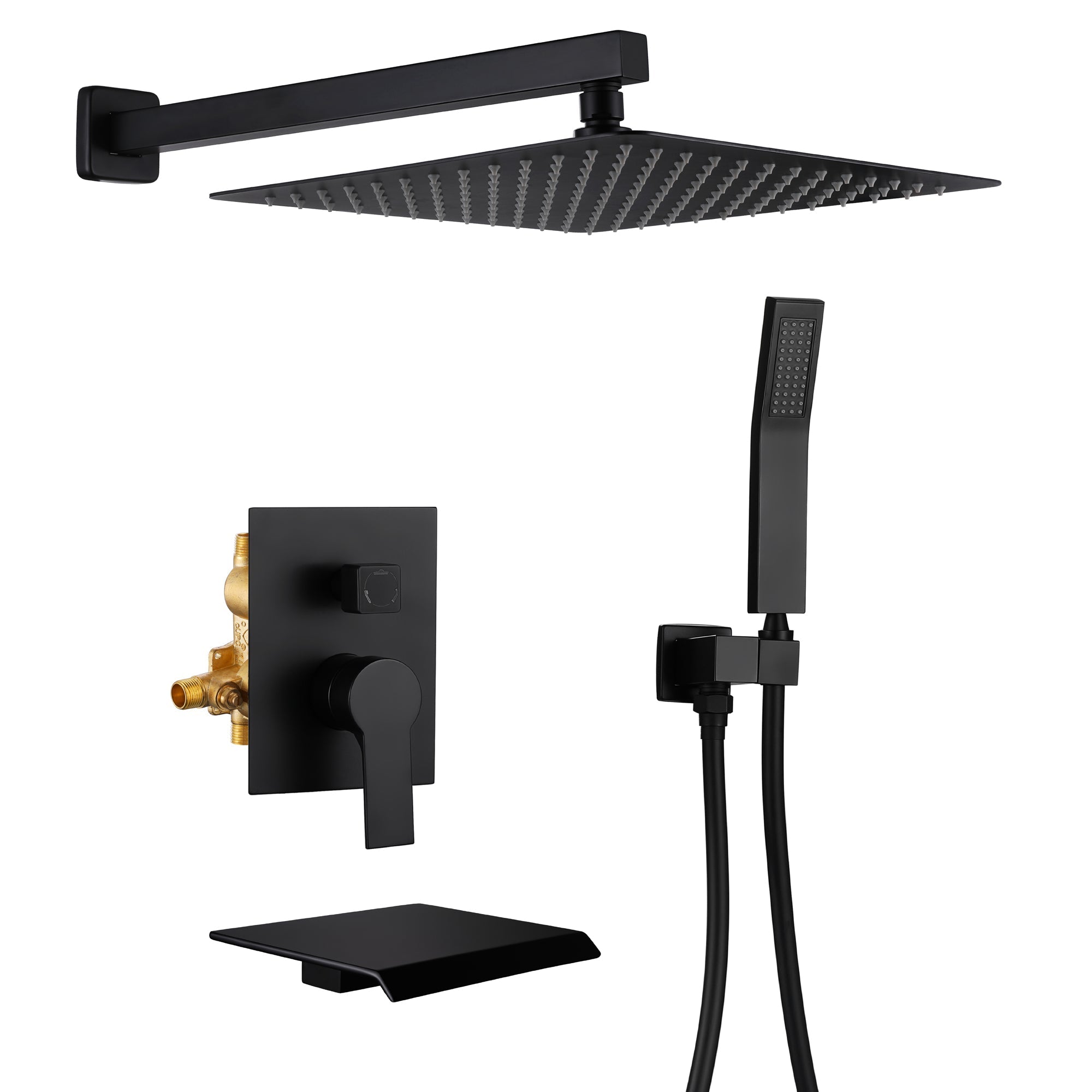
Leave a comment
This site is protected by hCaptcha and the hCaptcha Privacy Policy and Terms of Service apply.